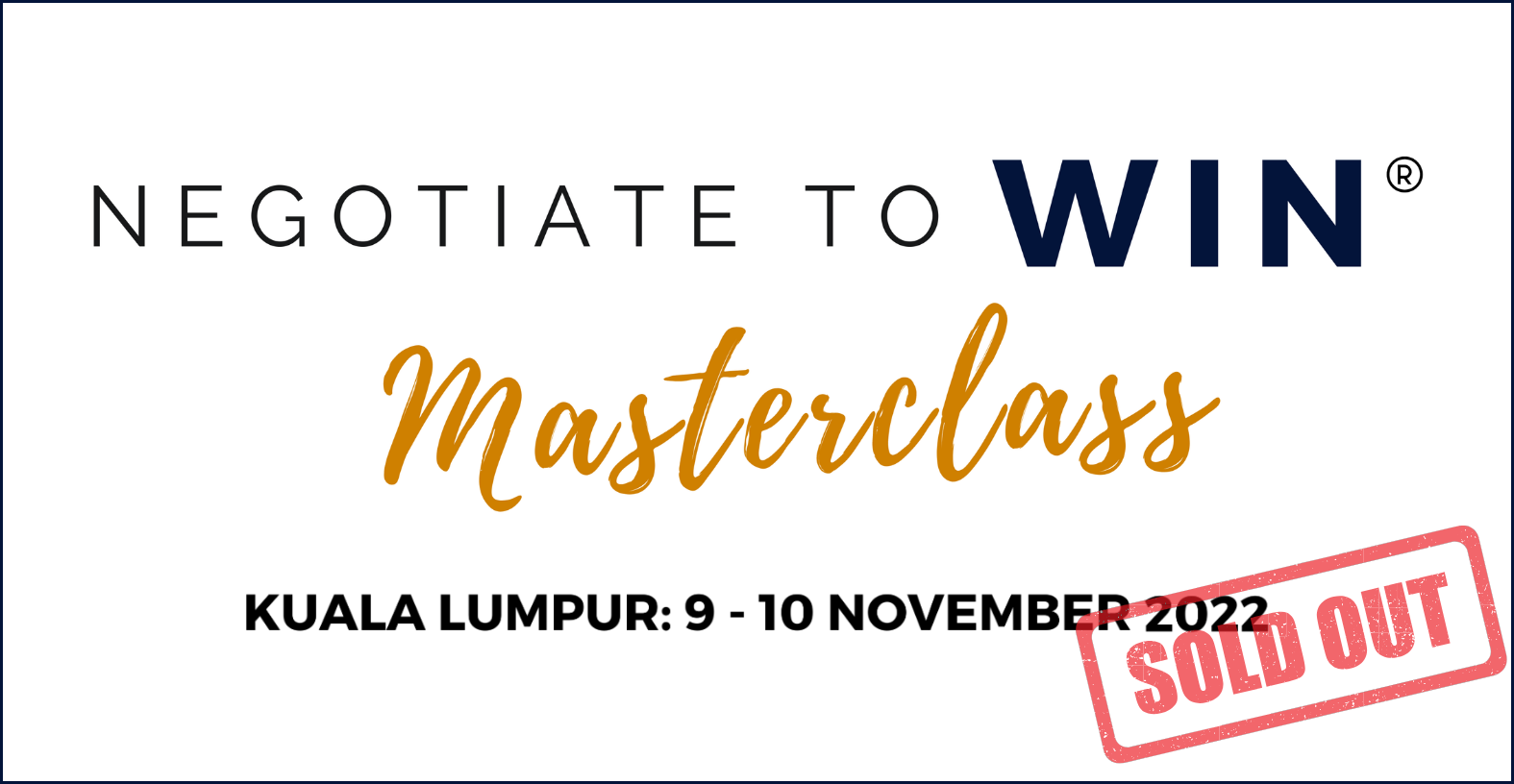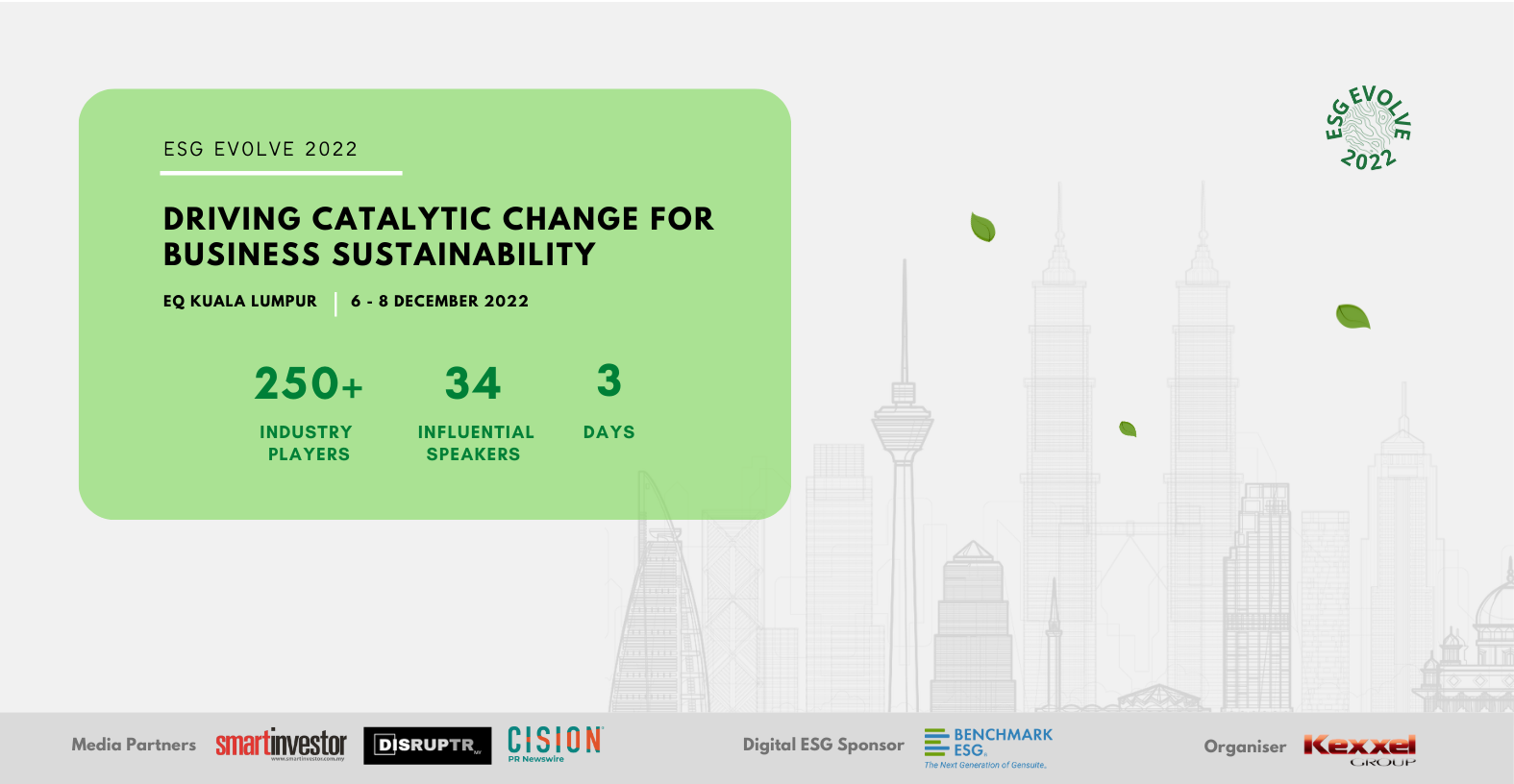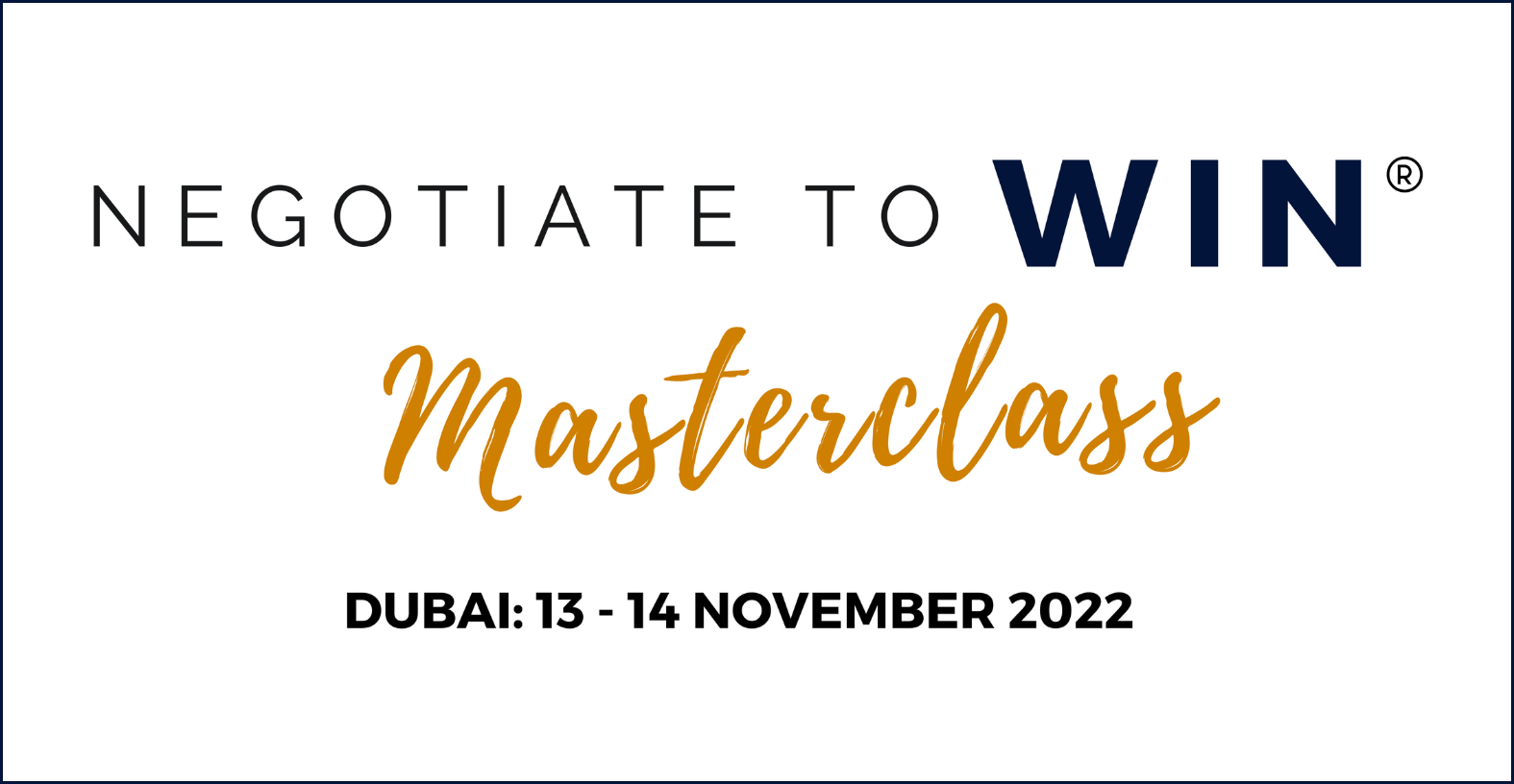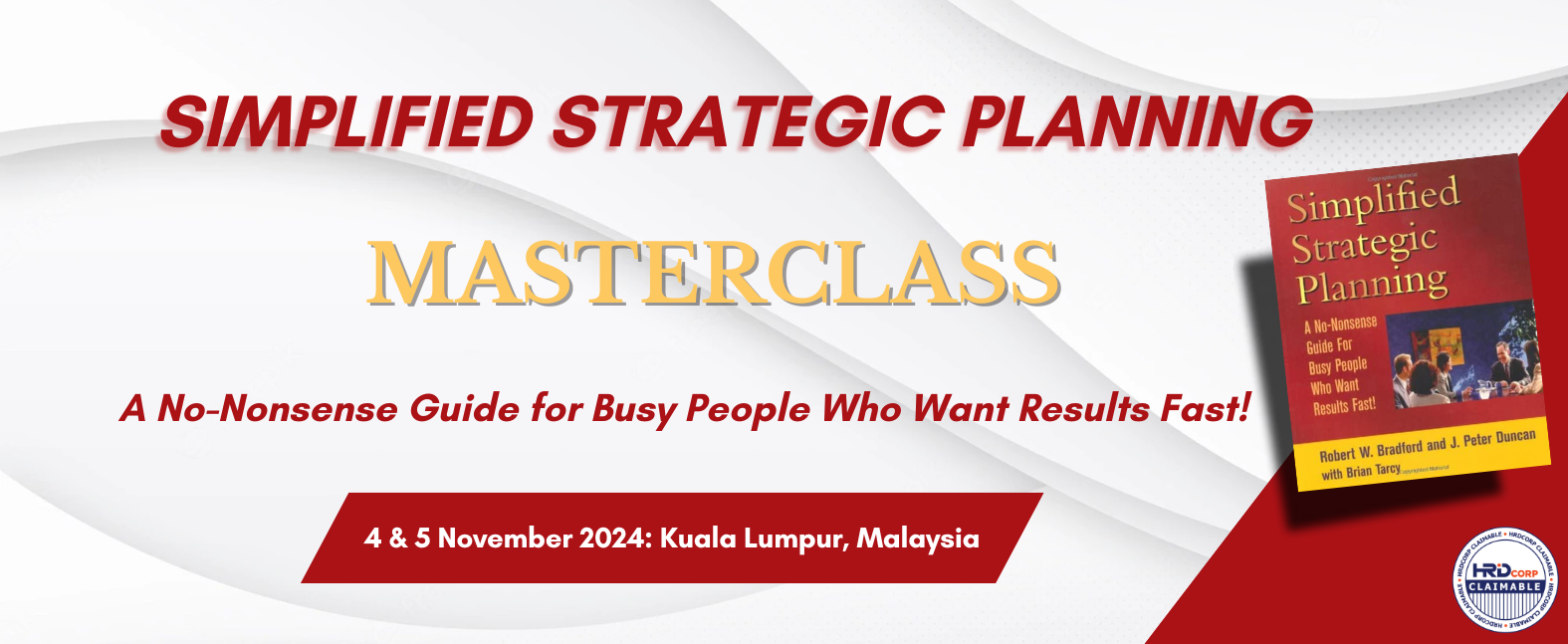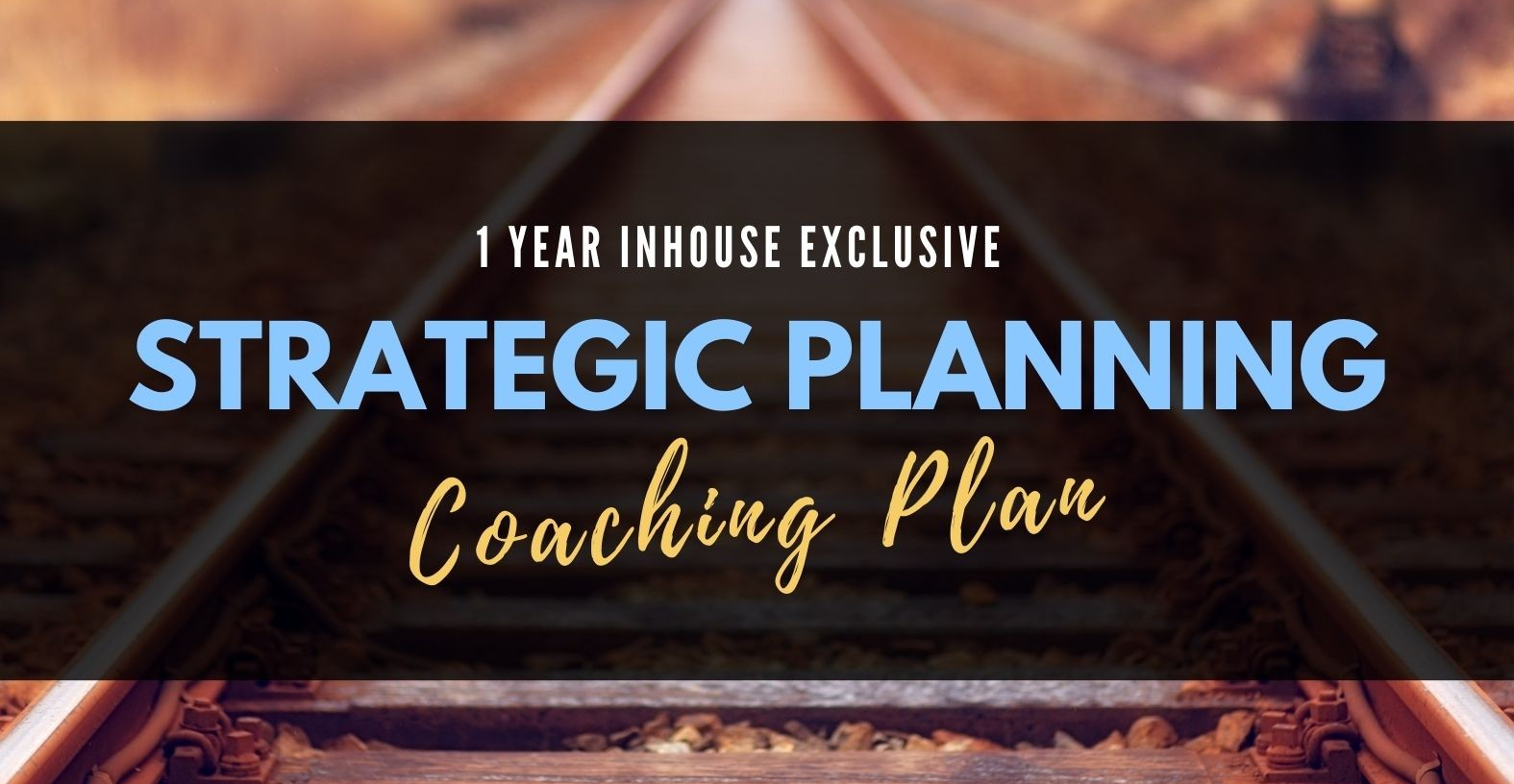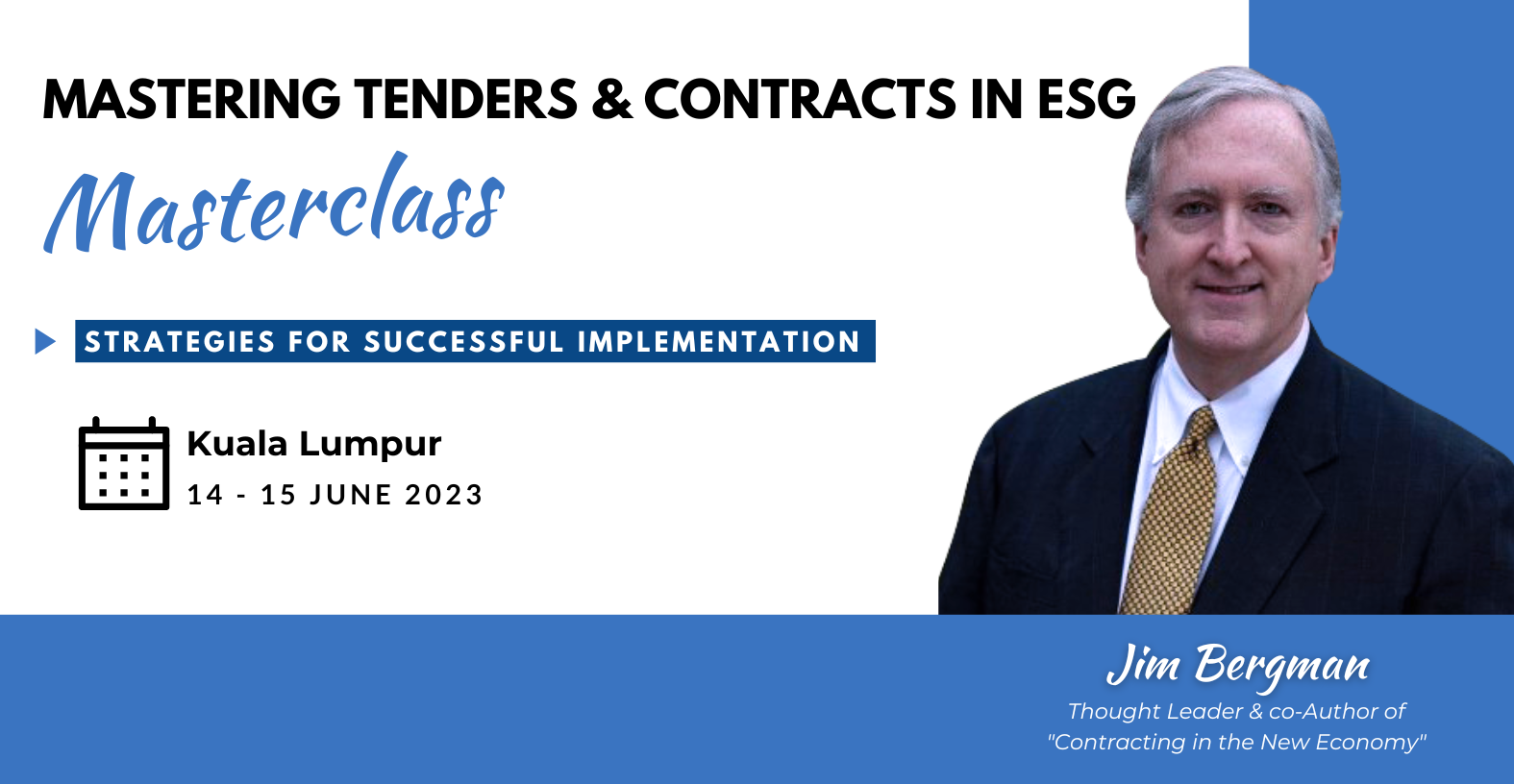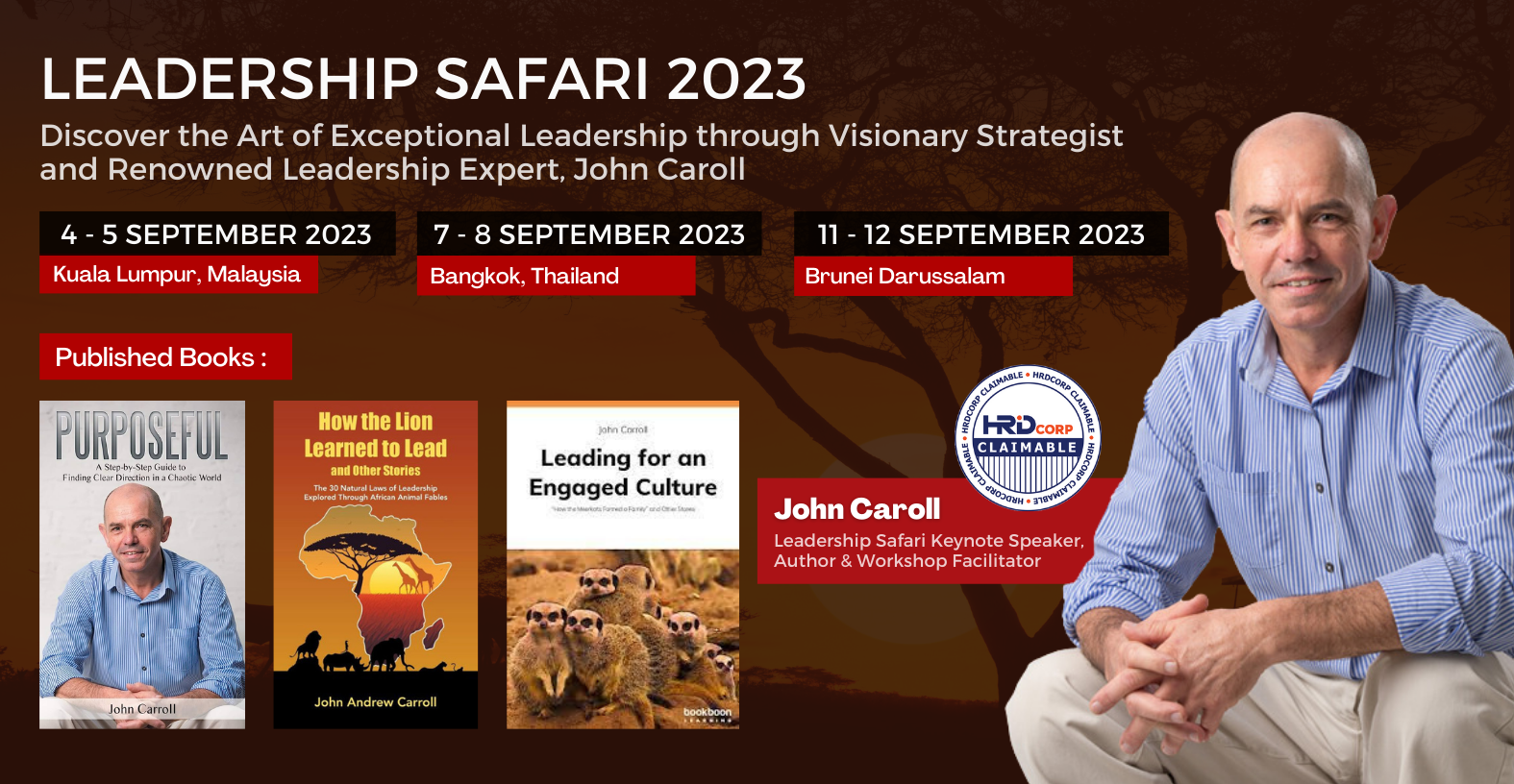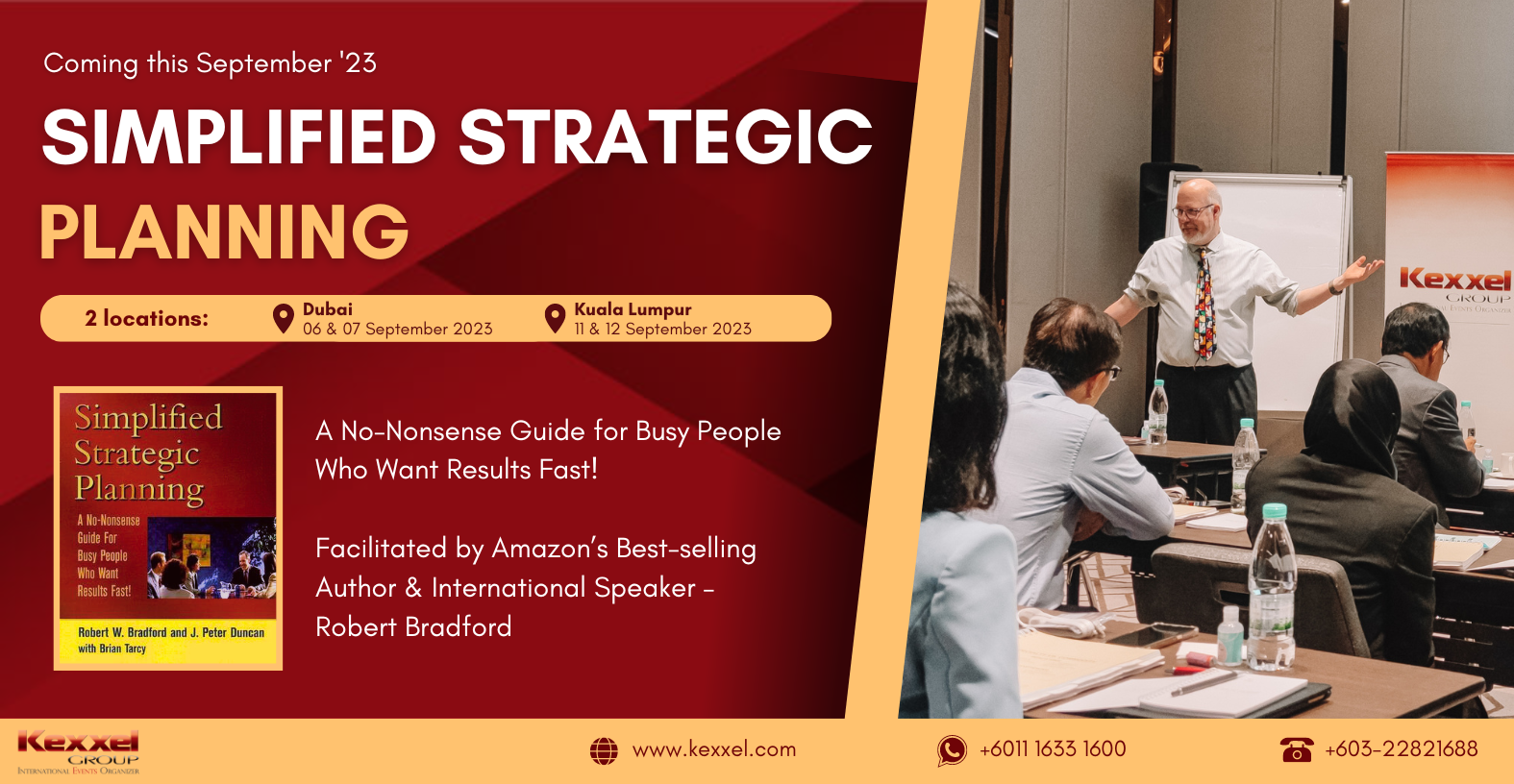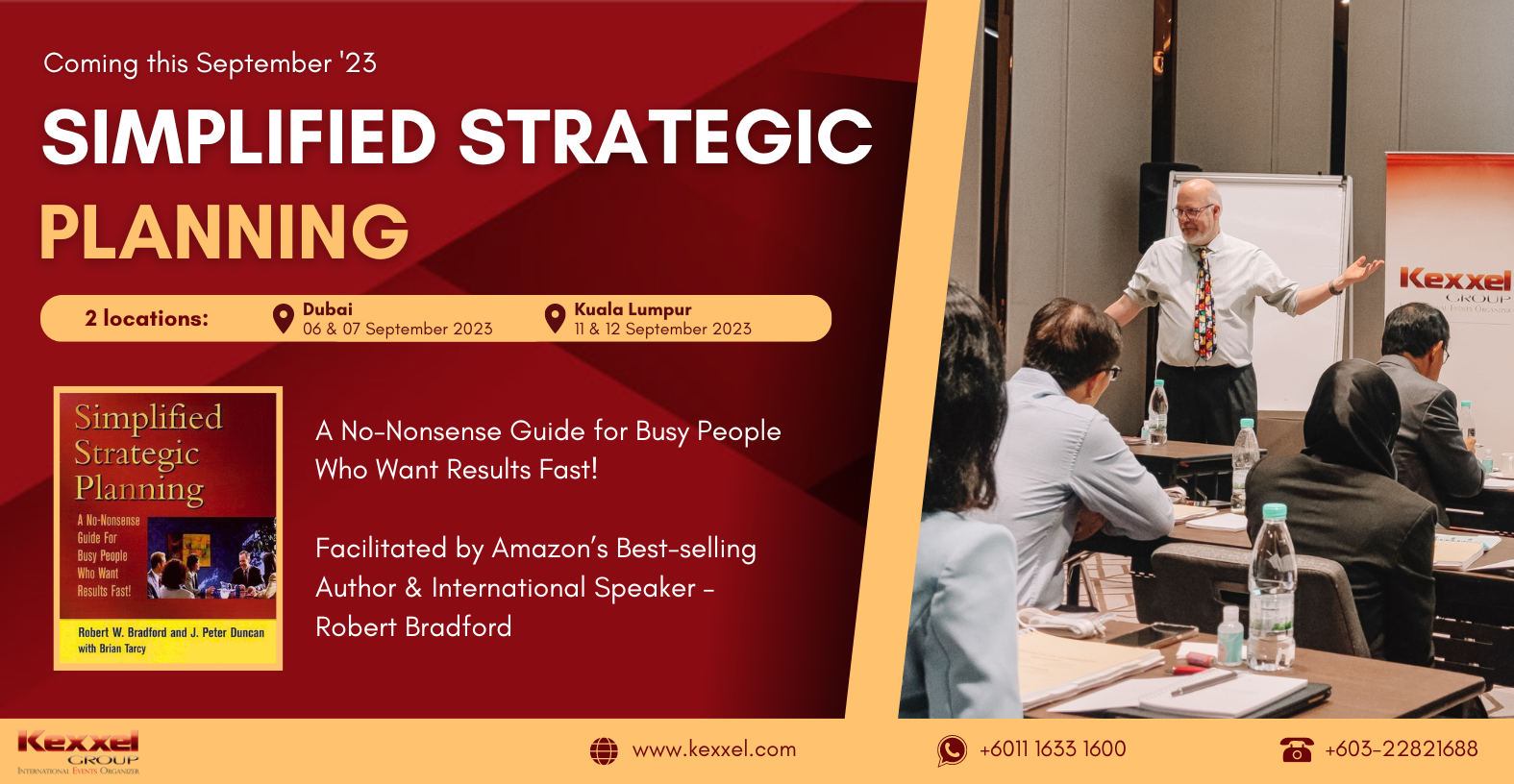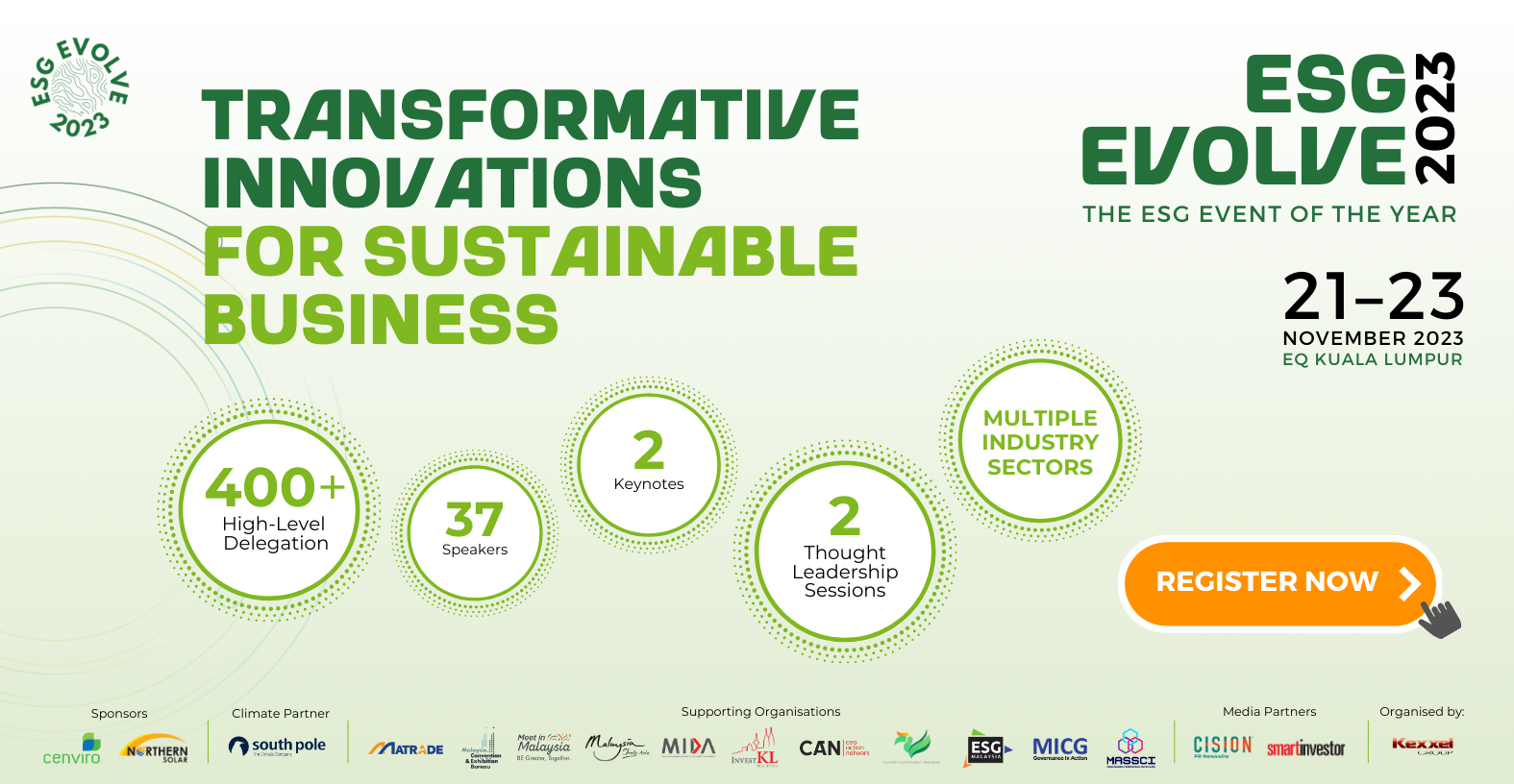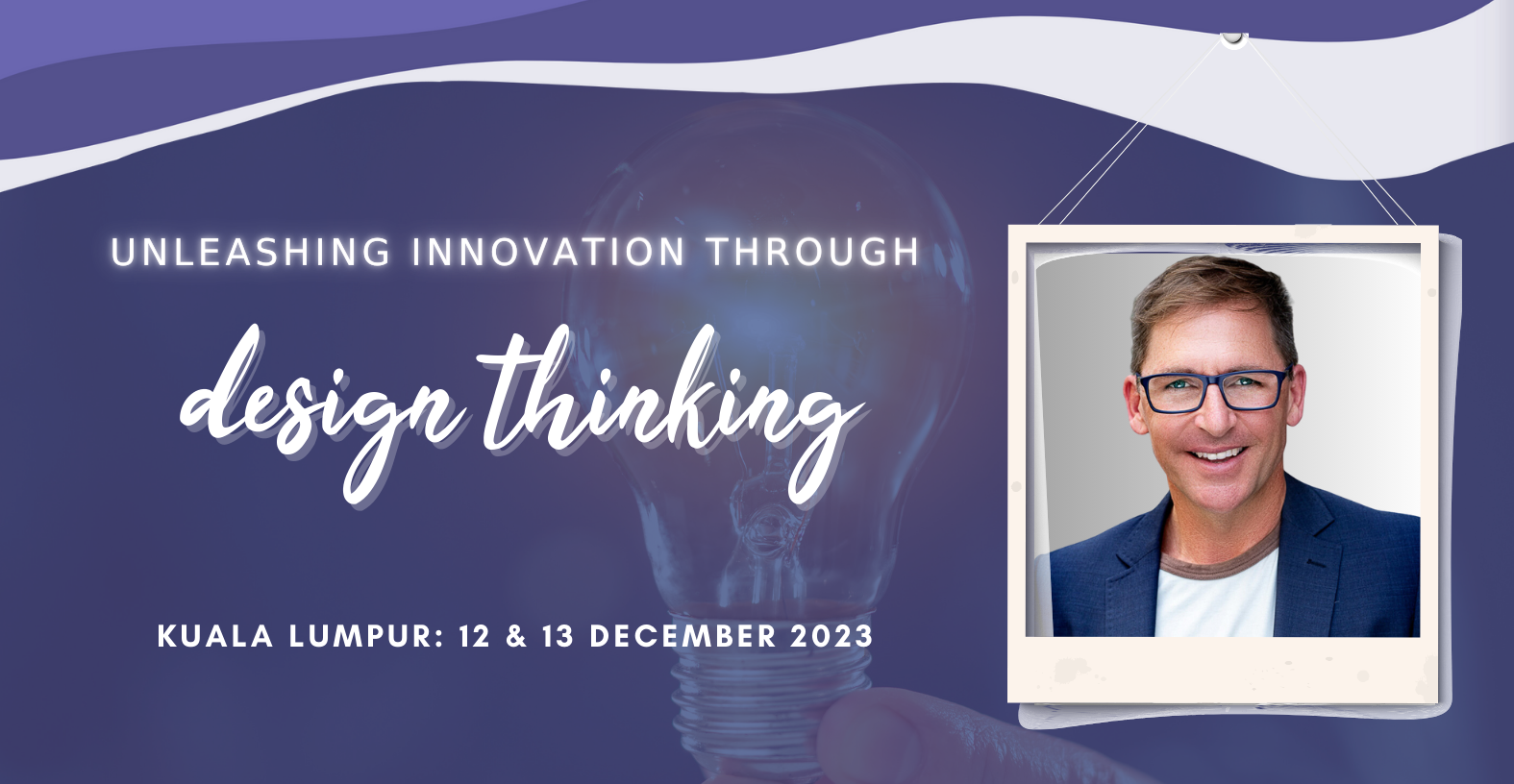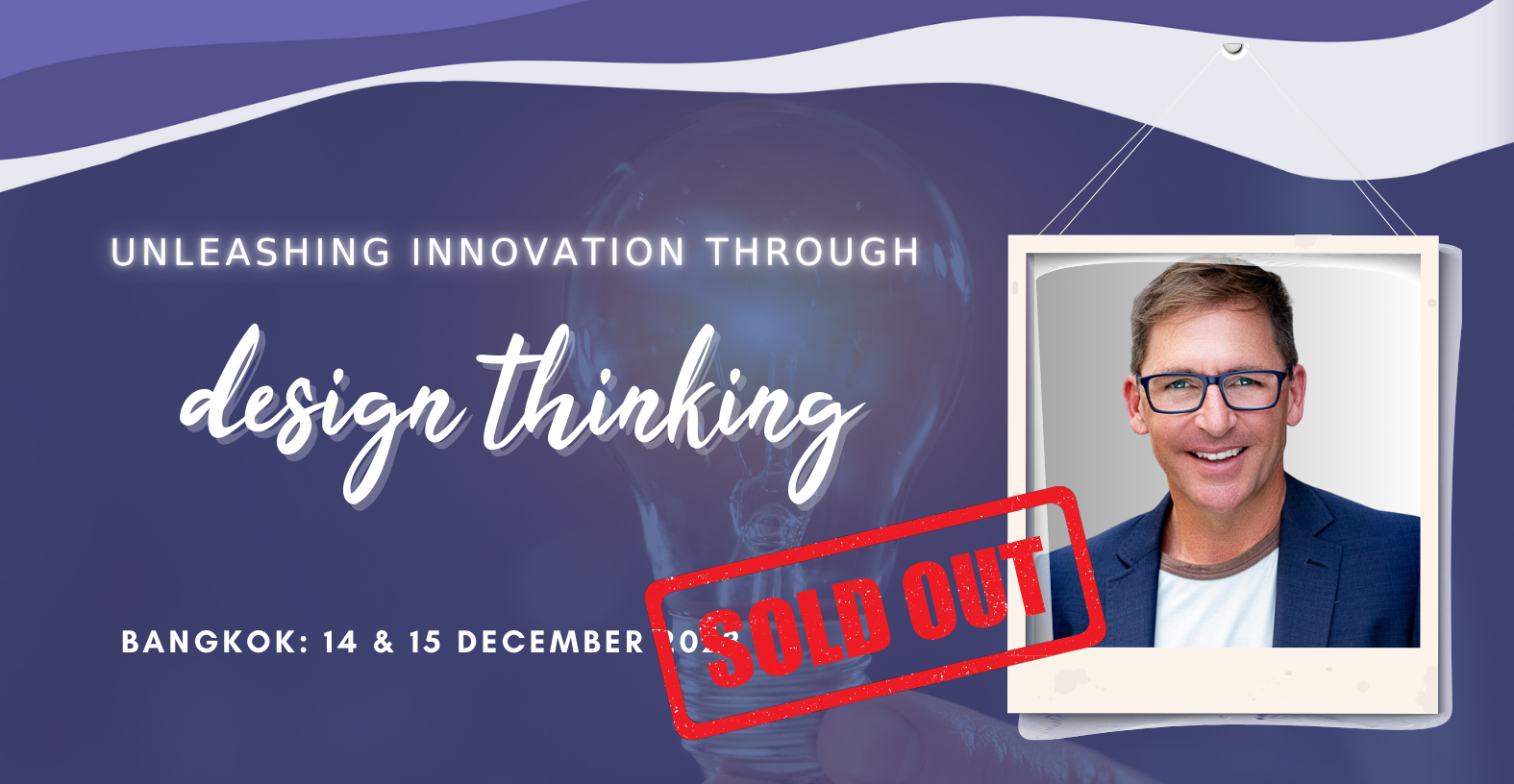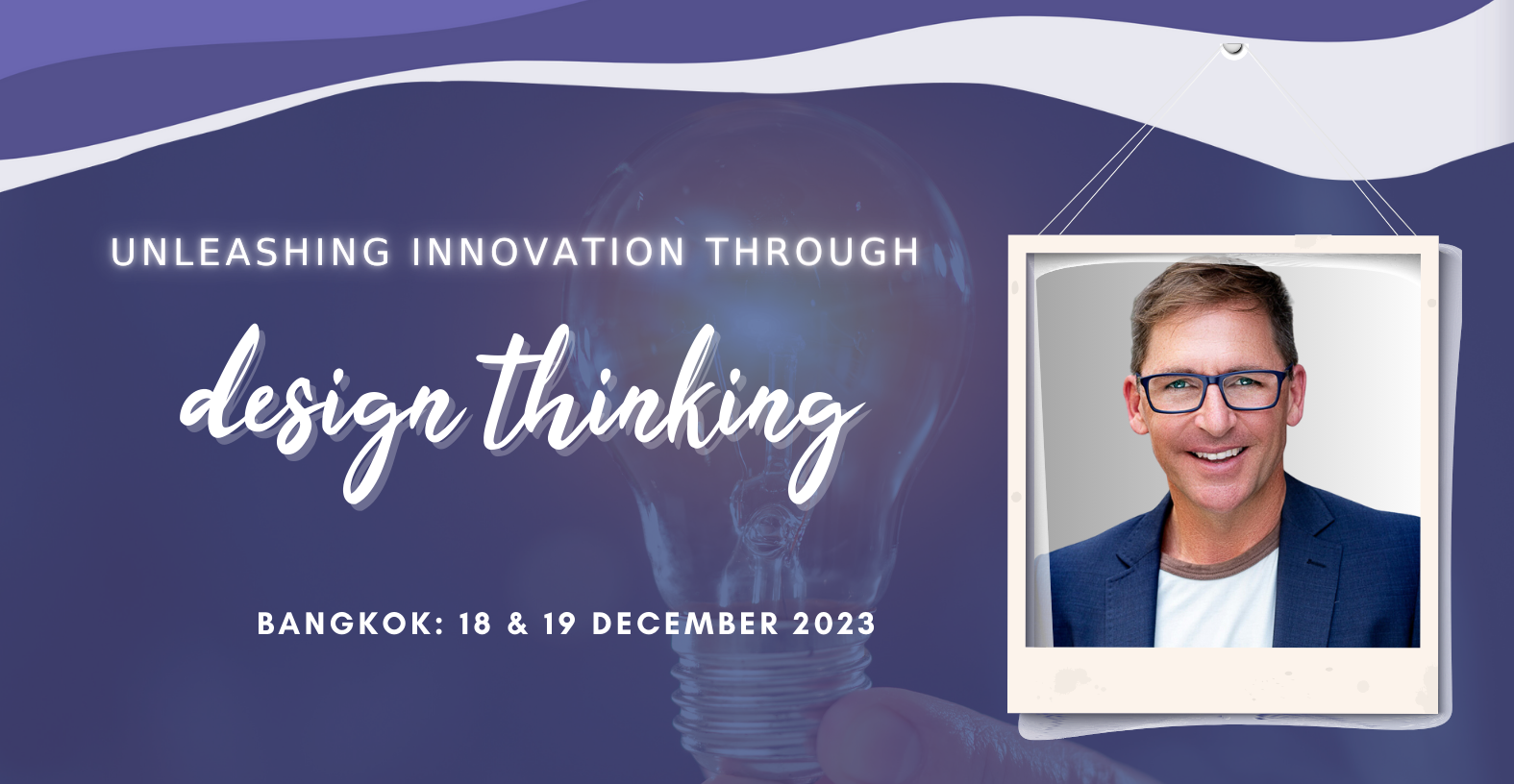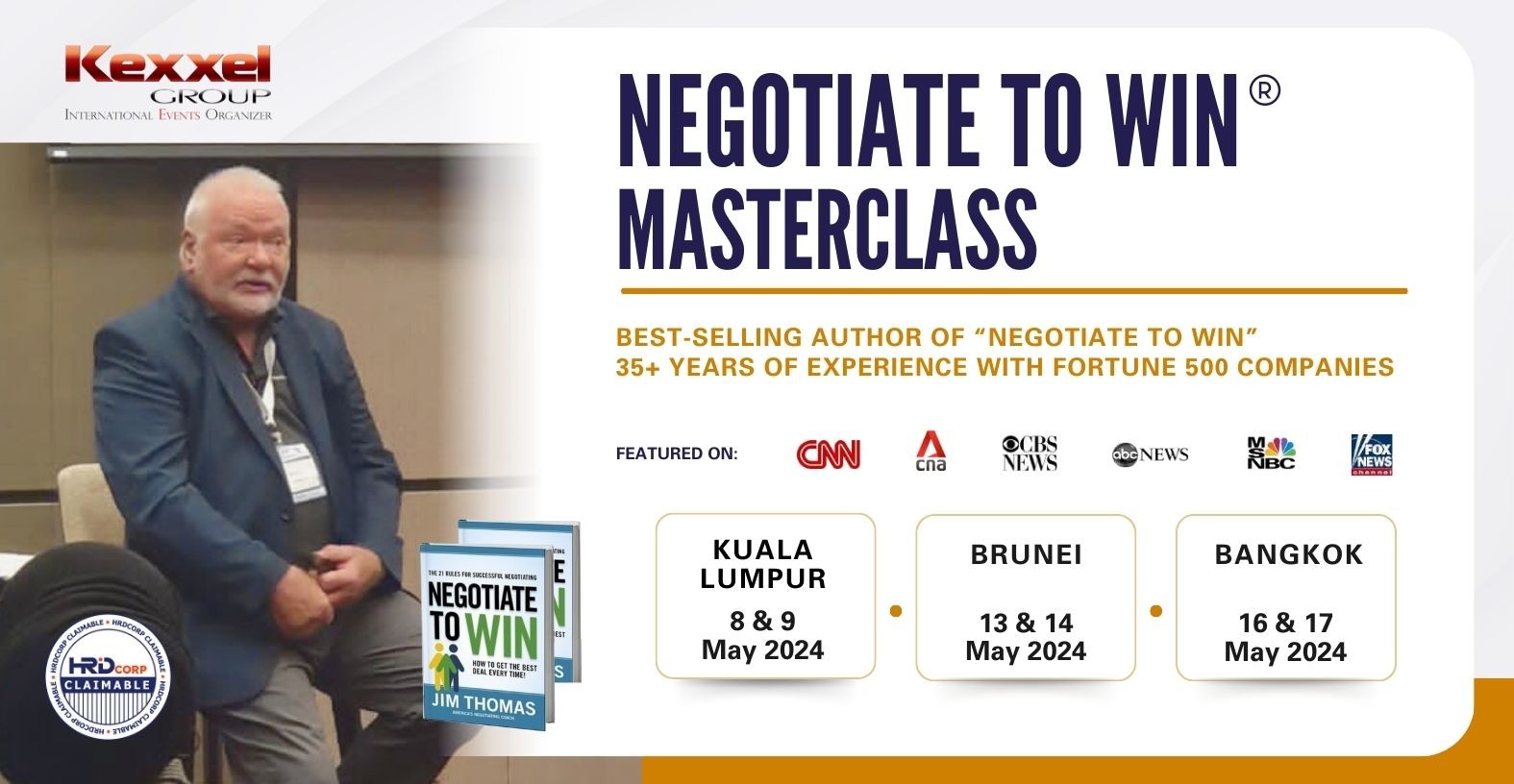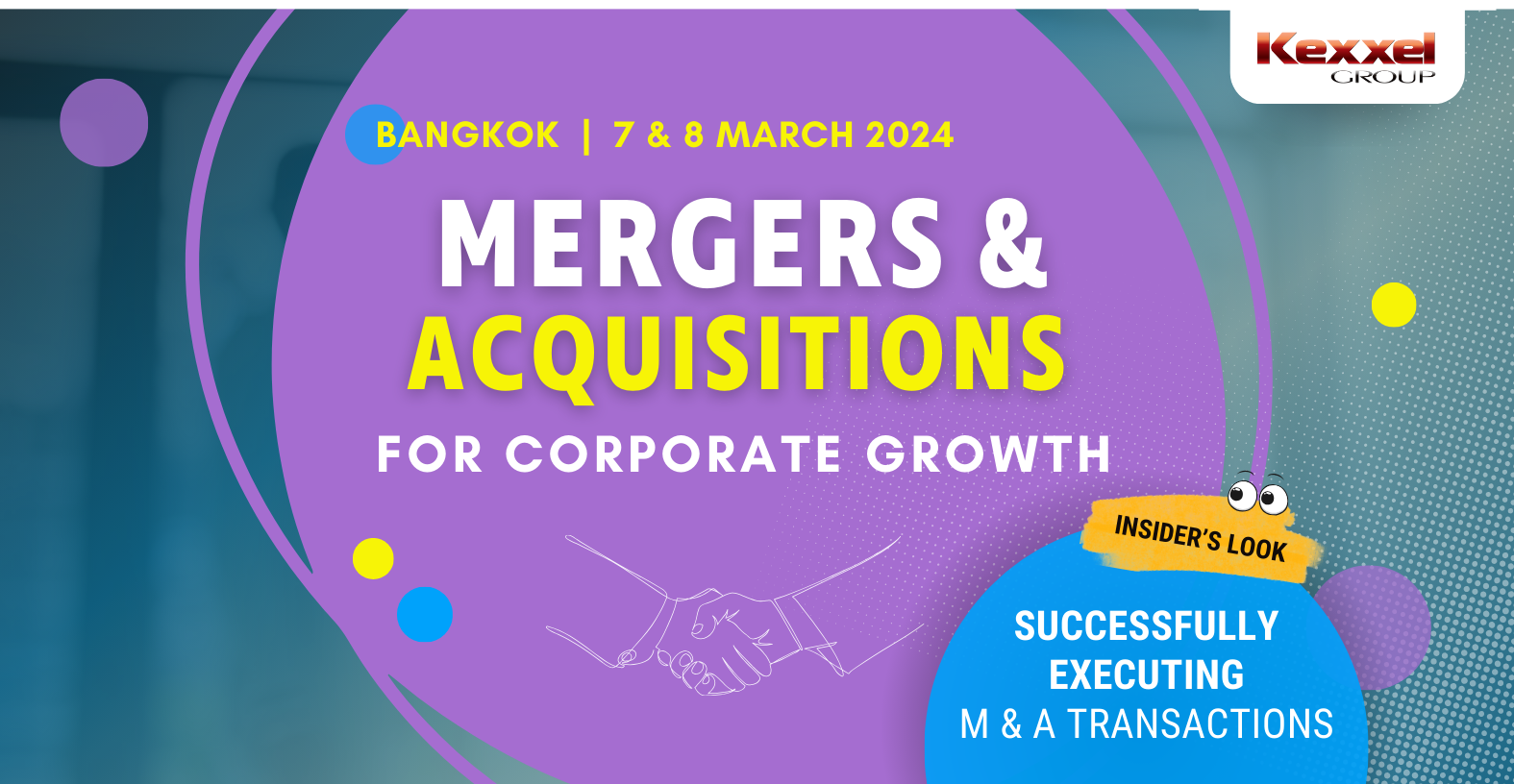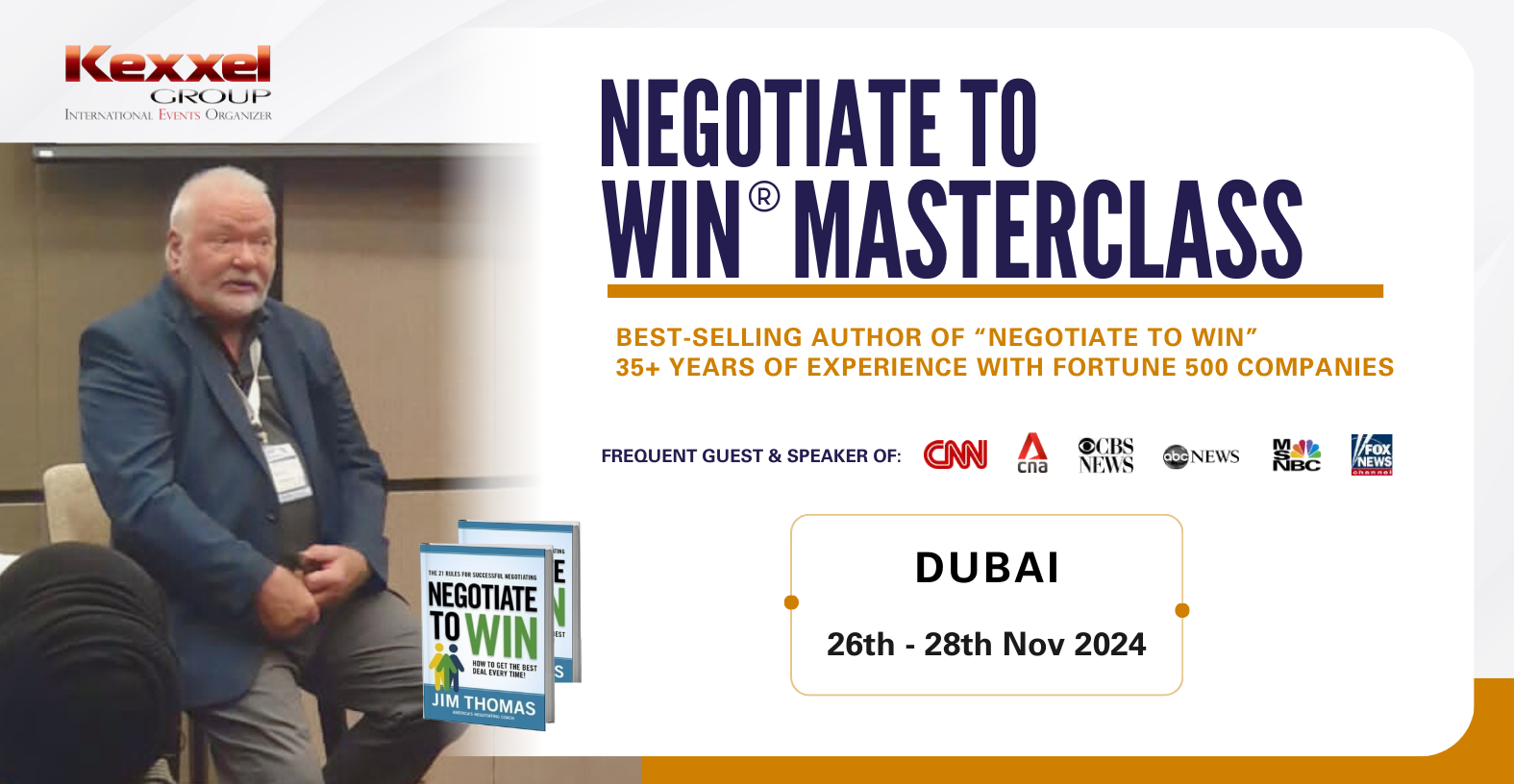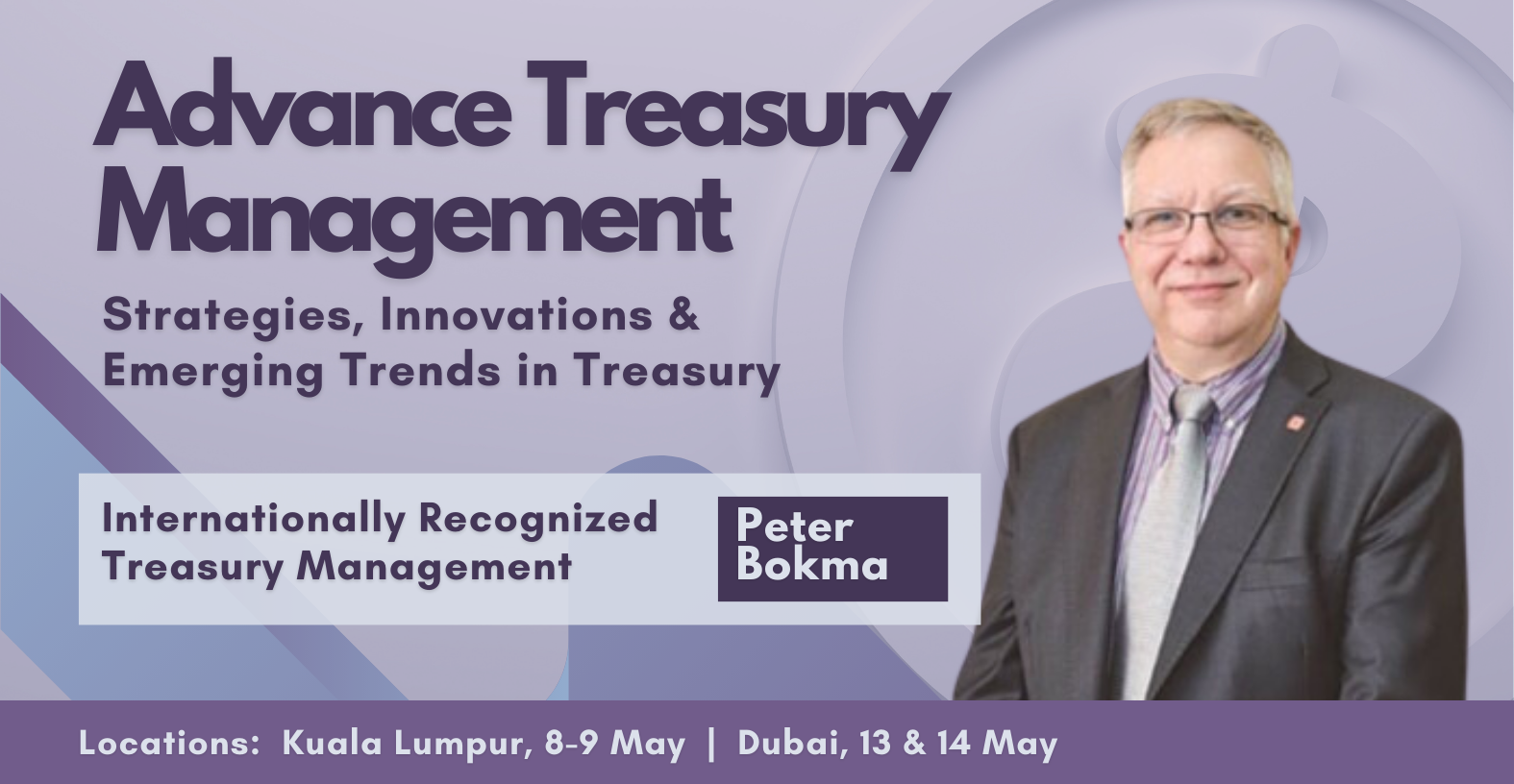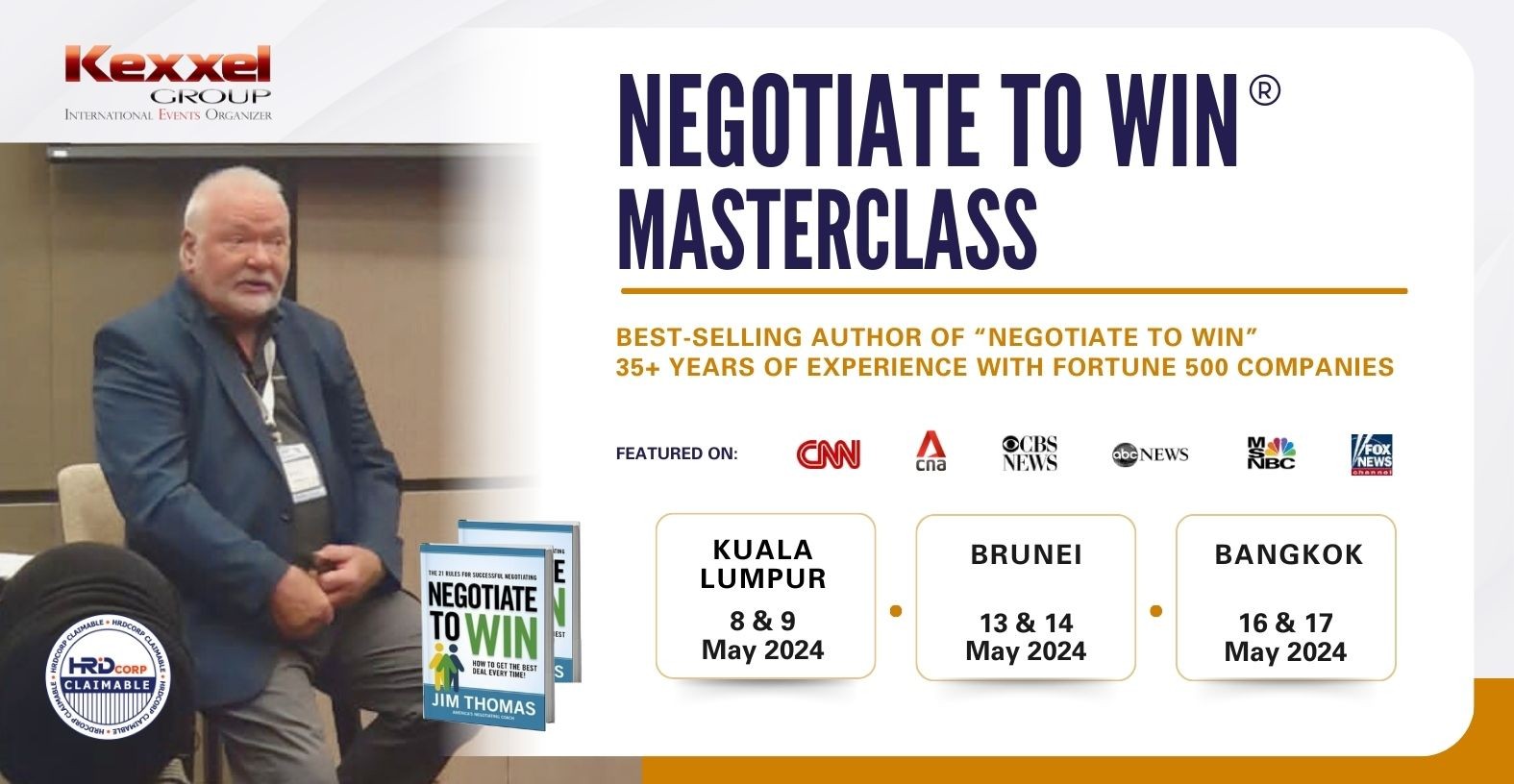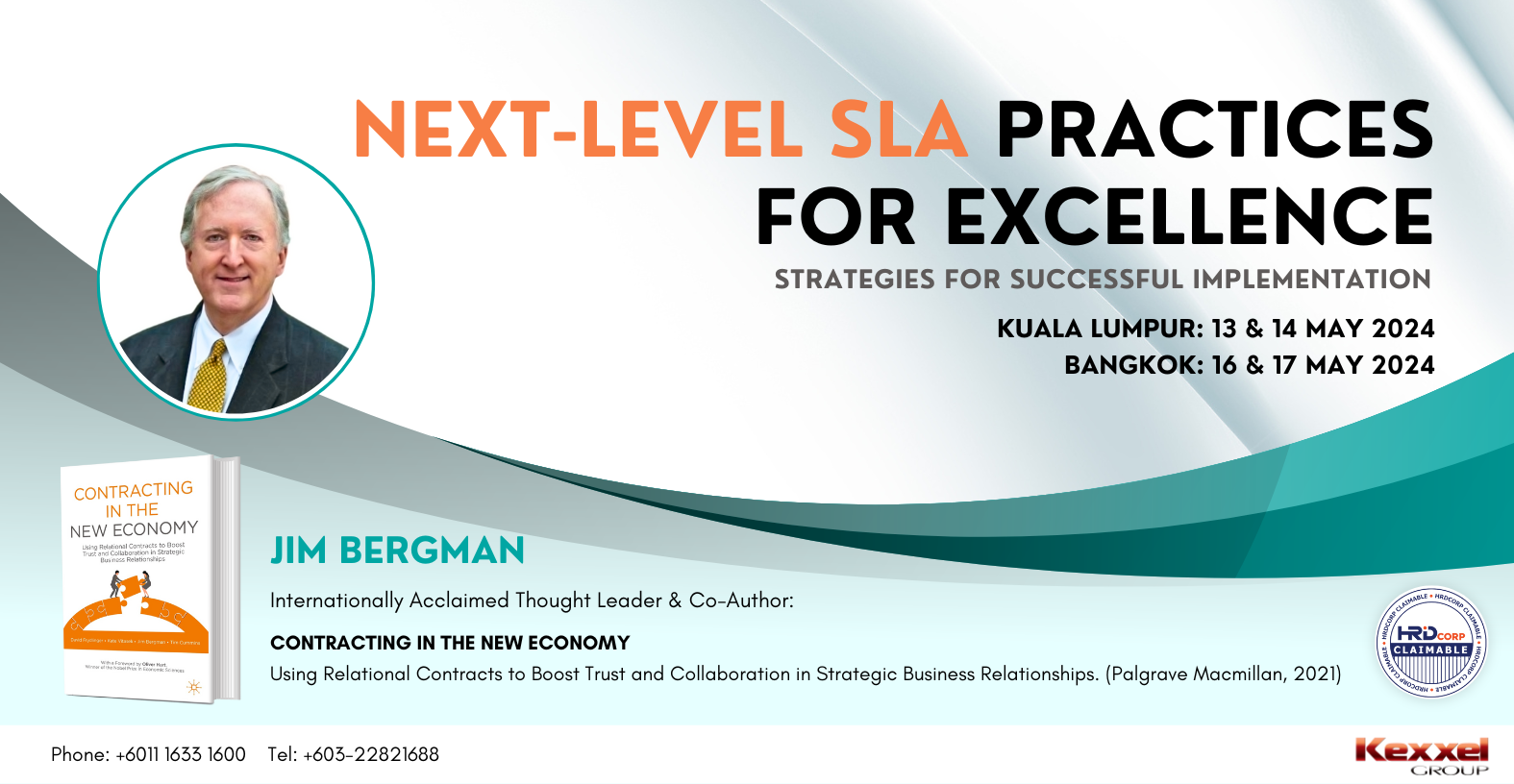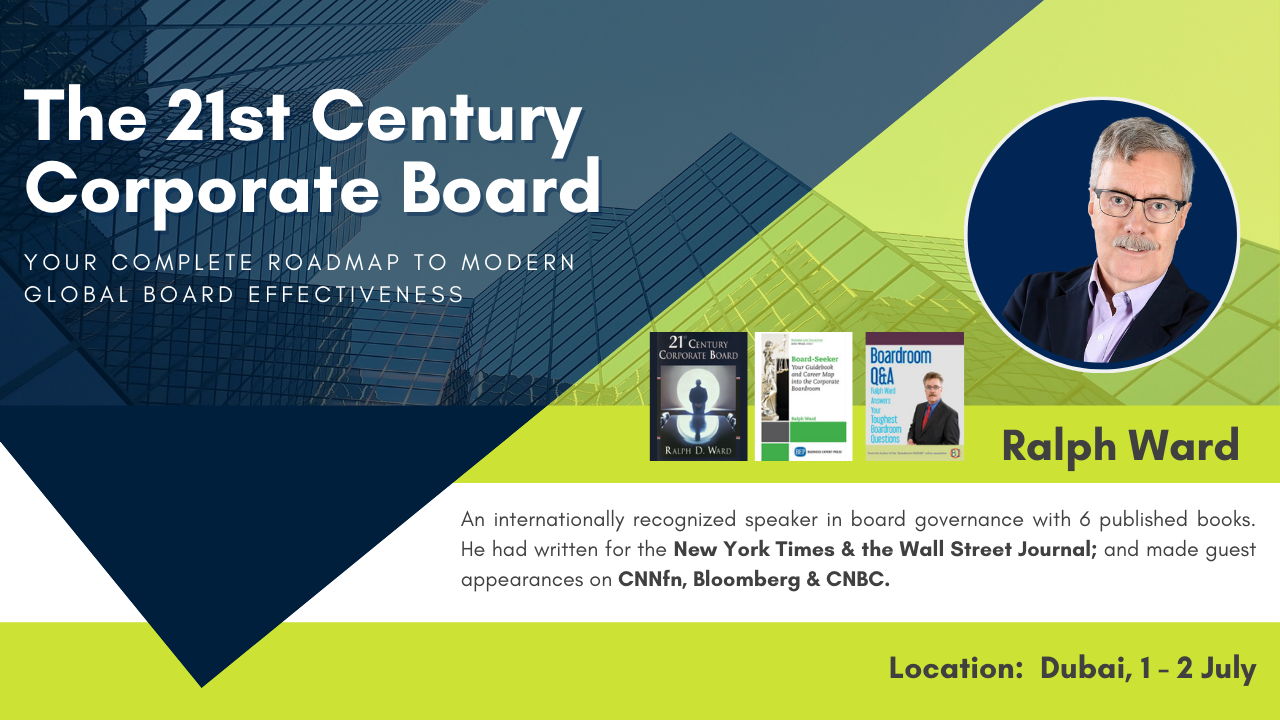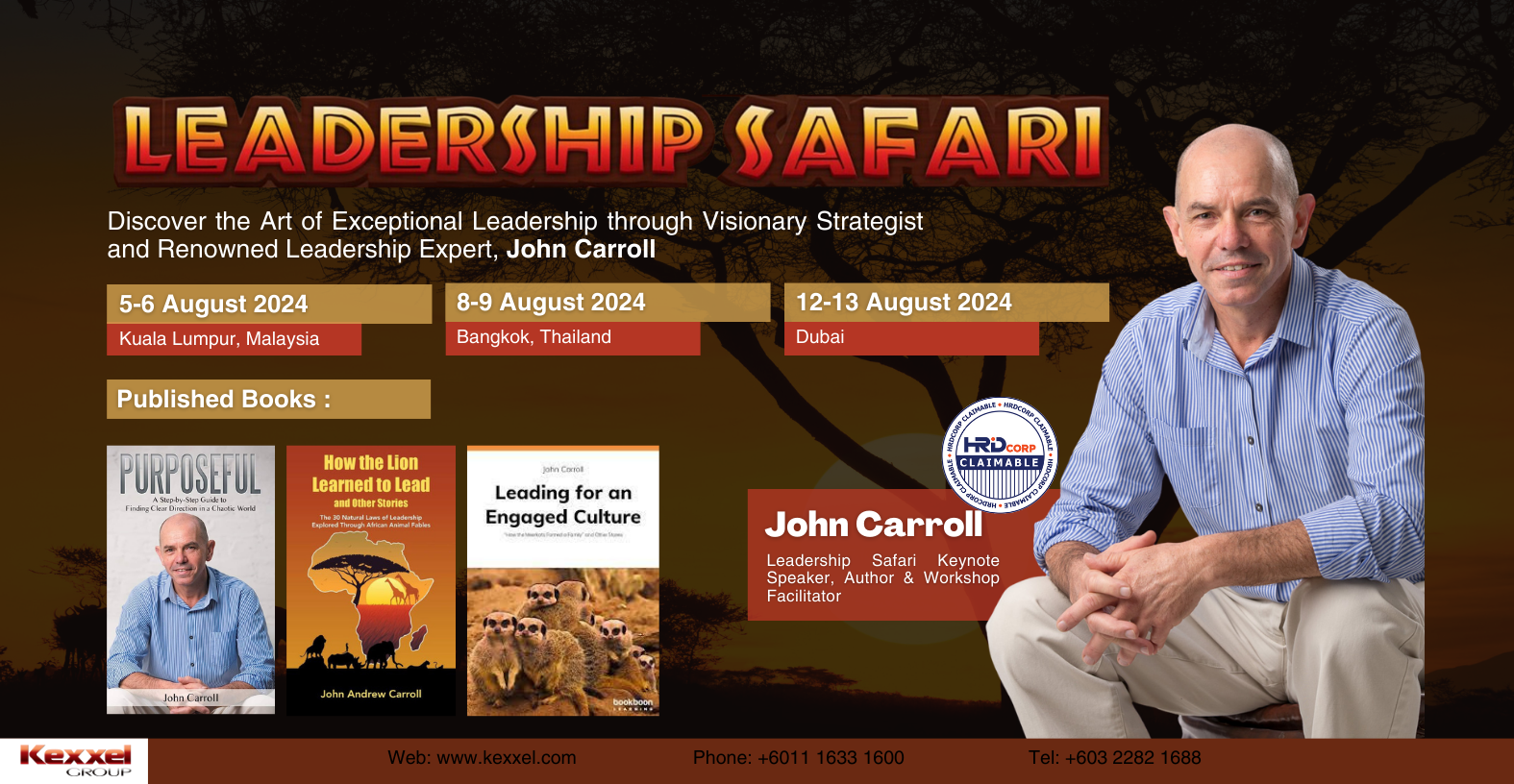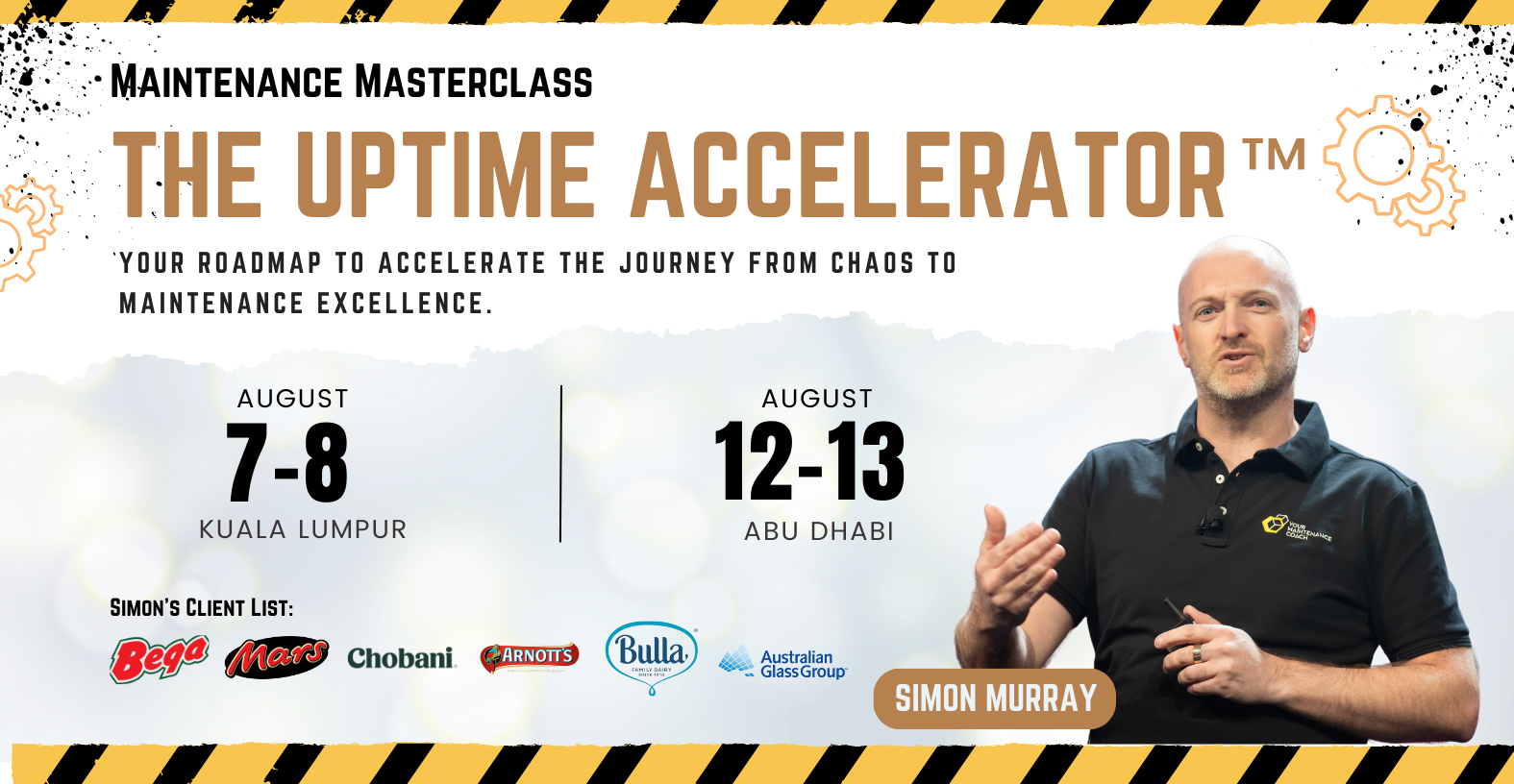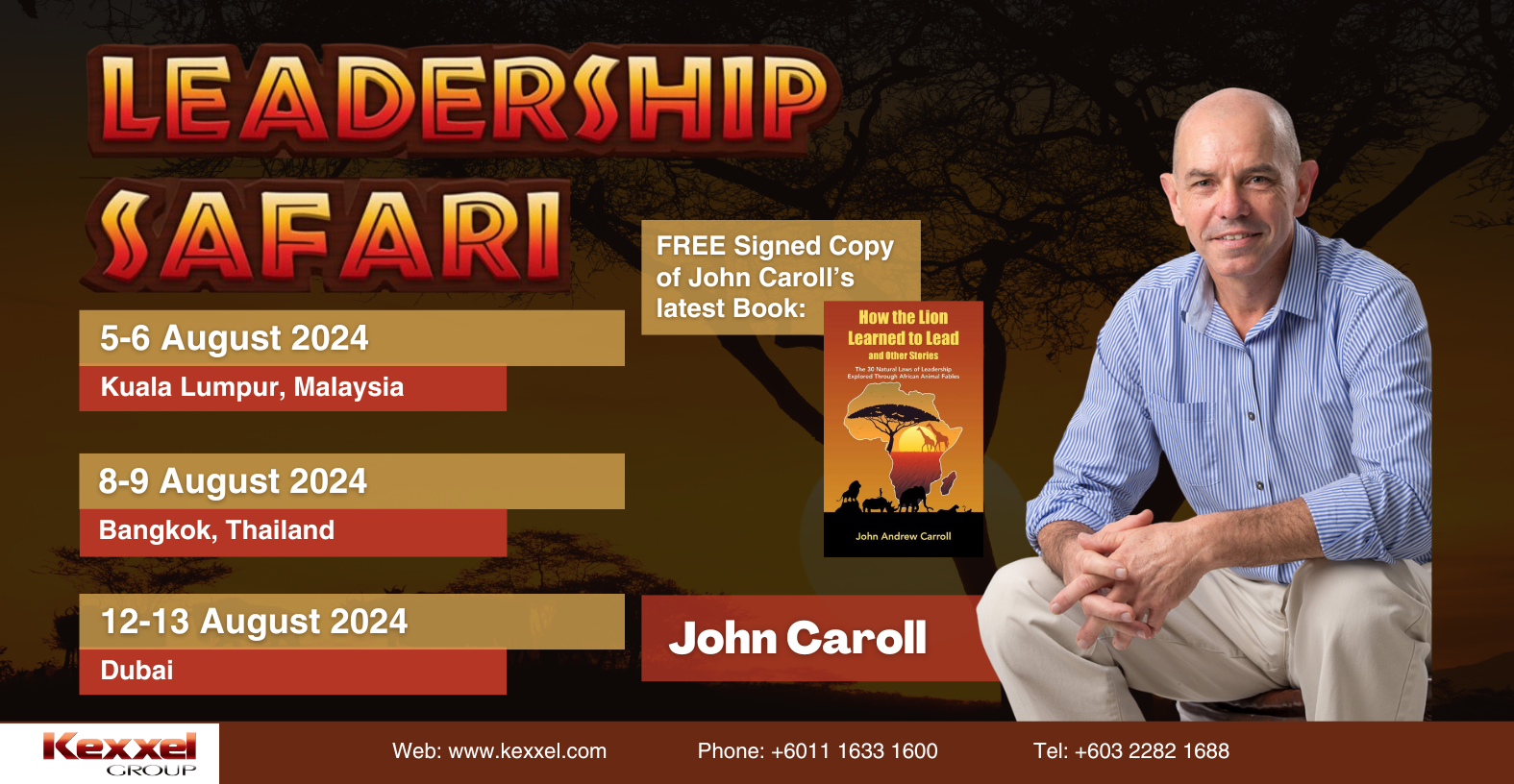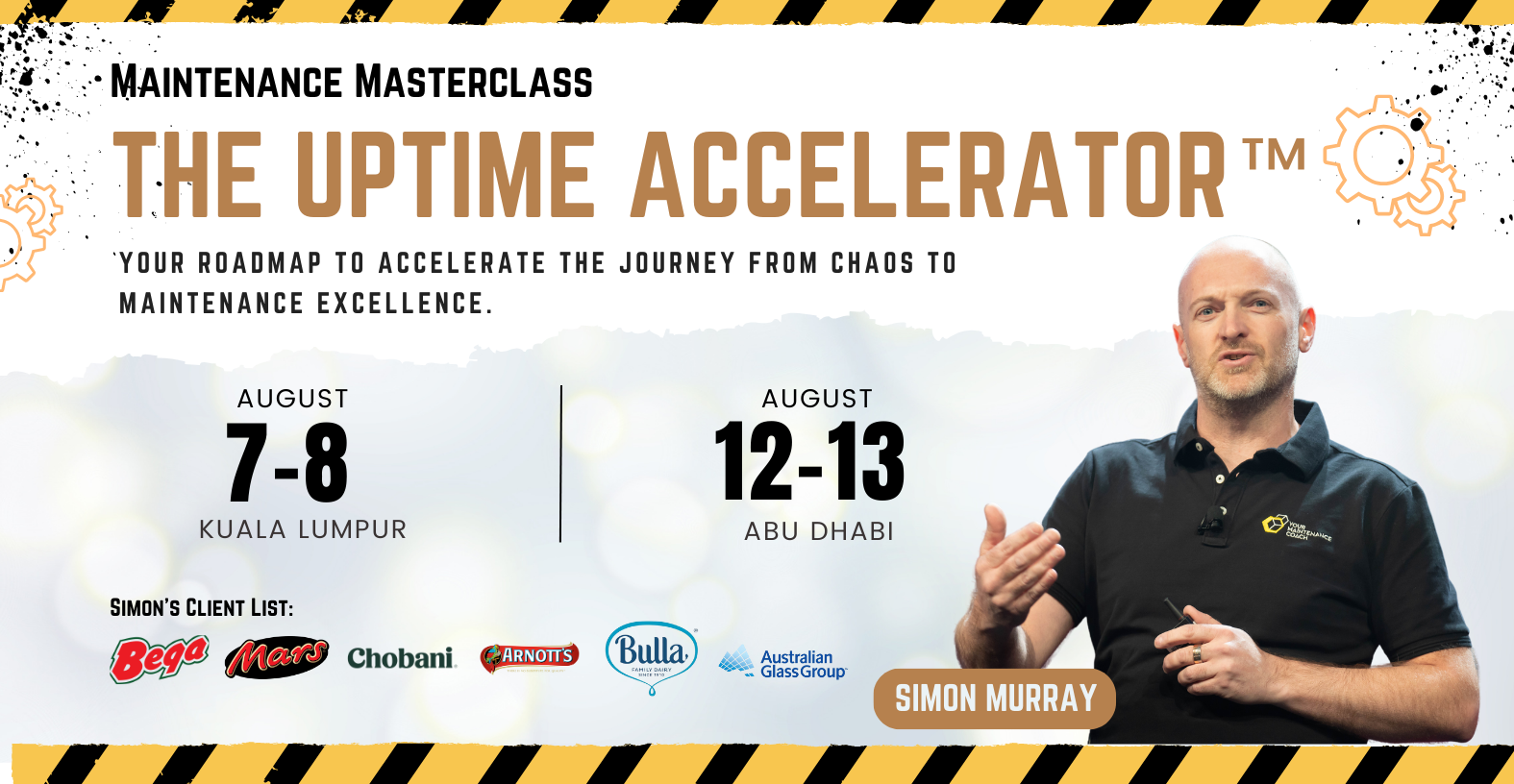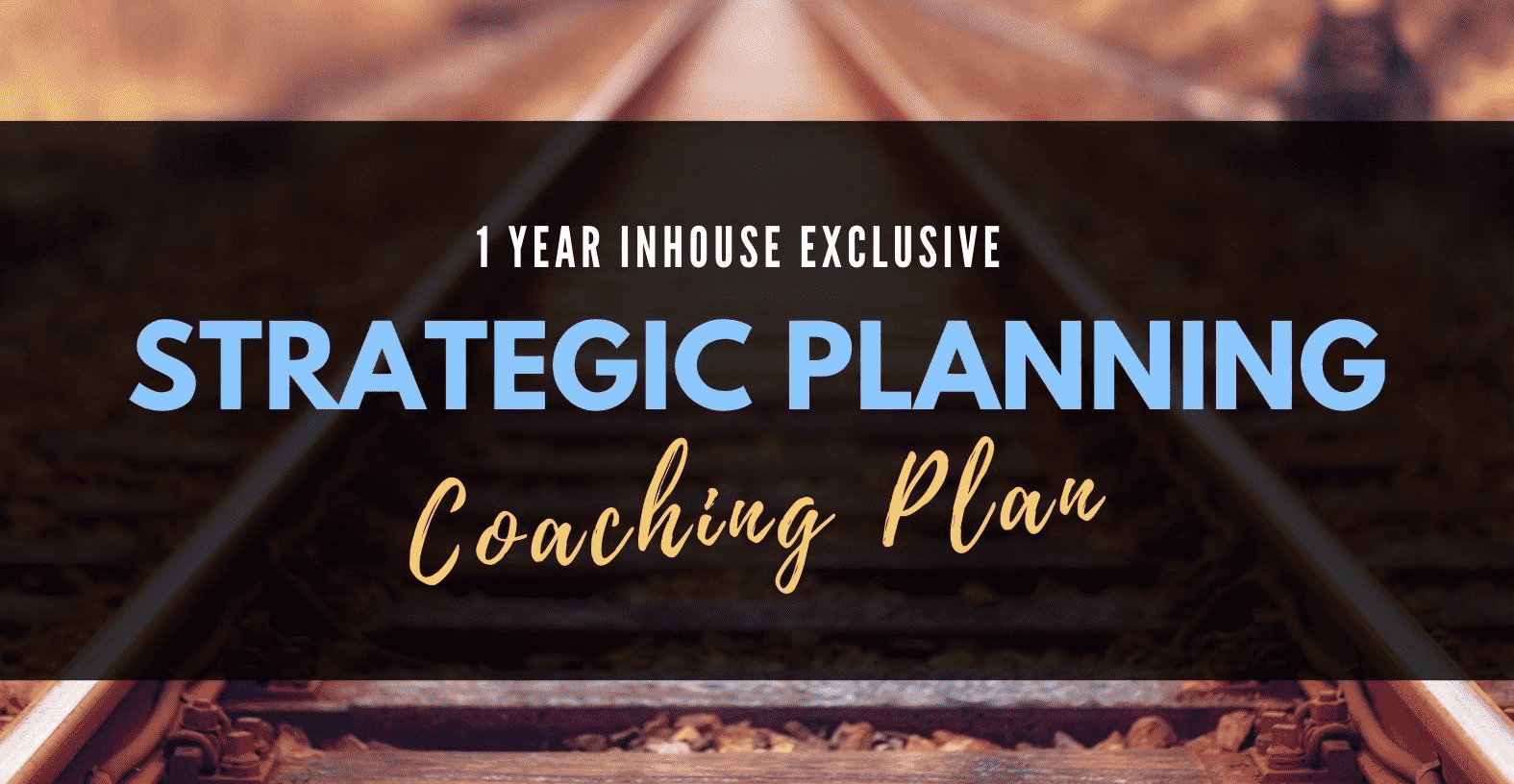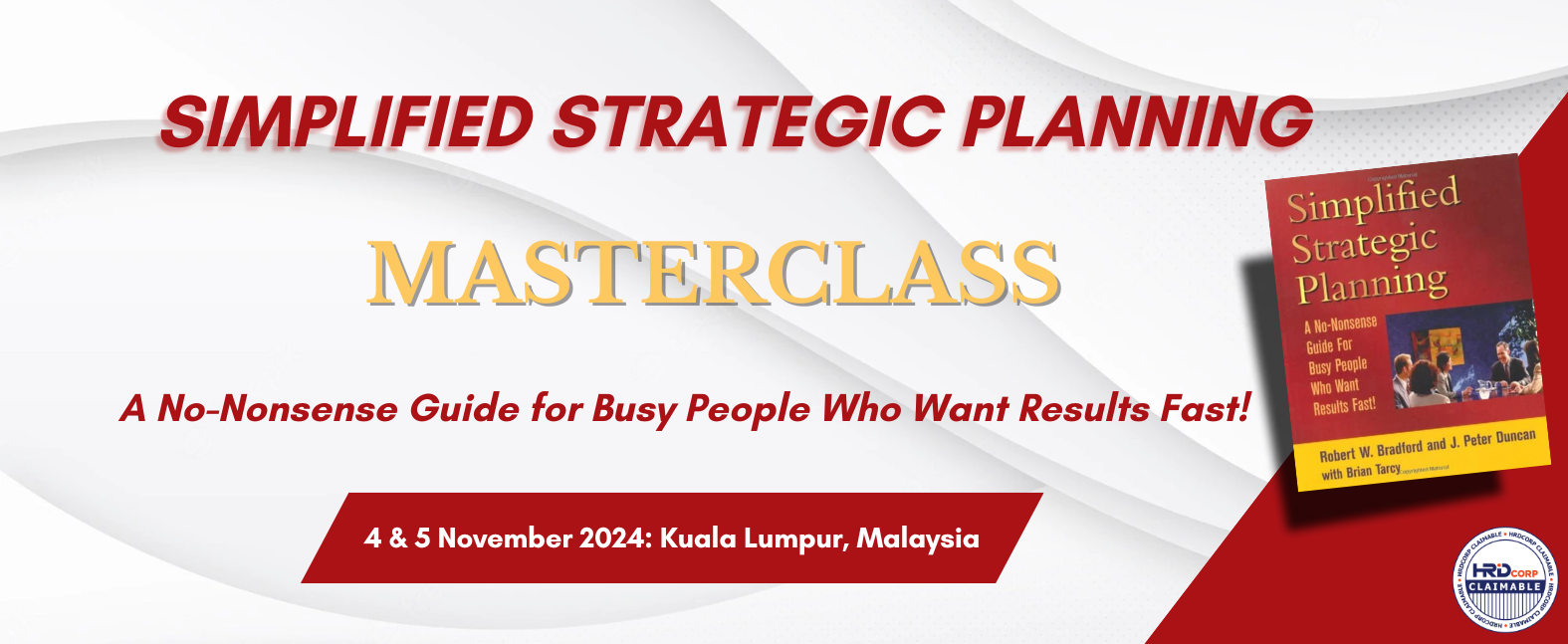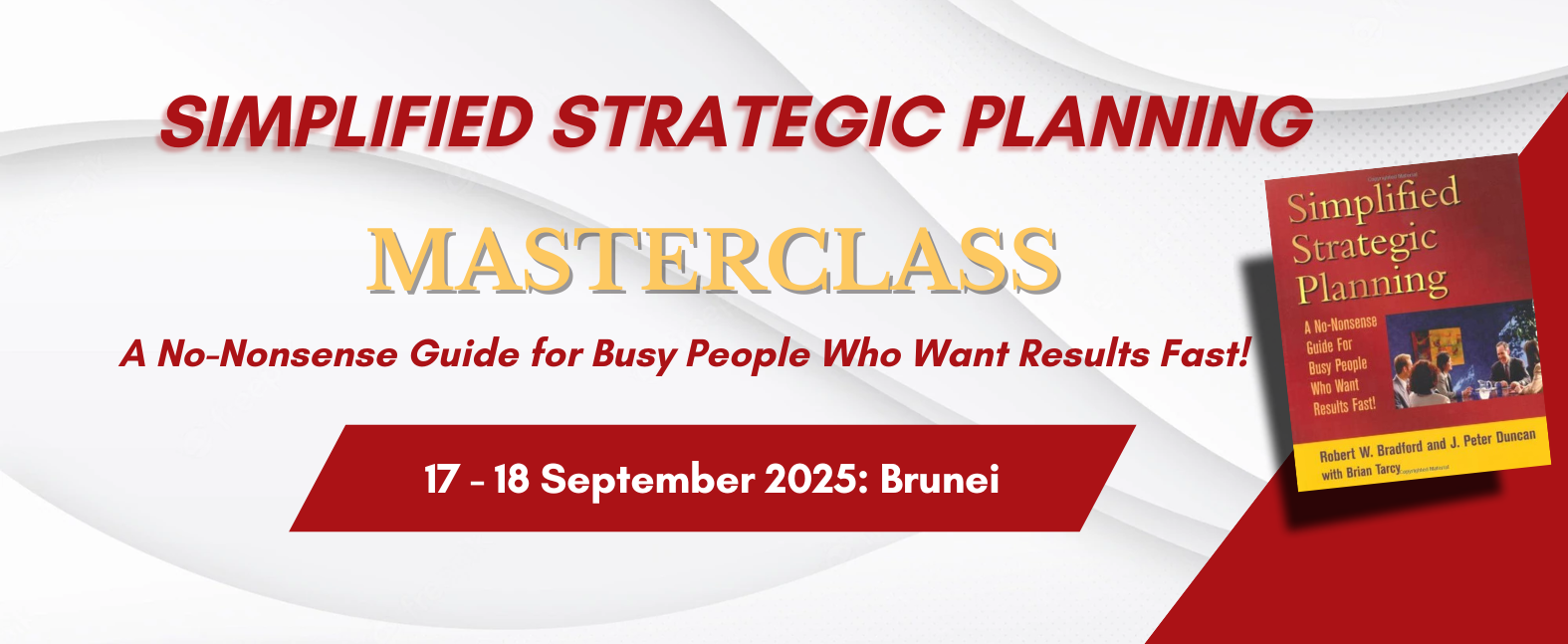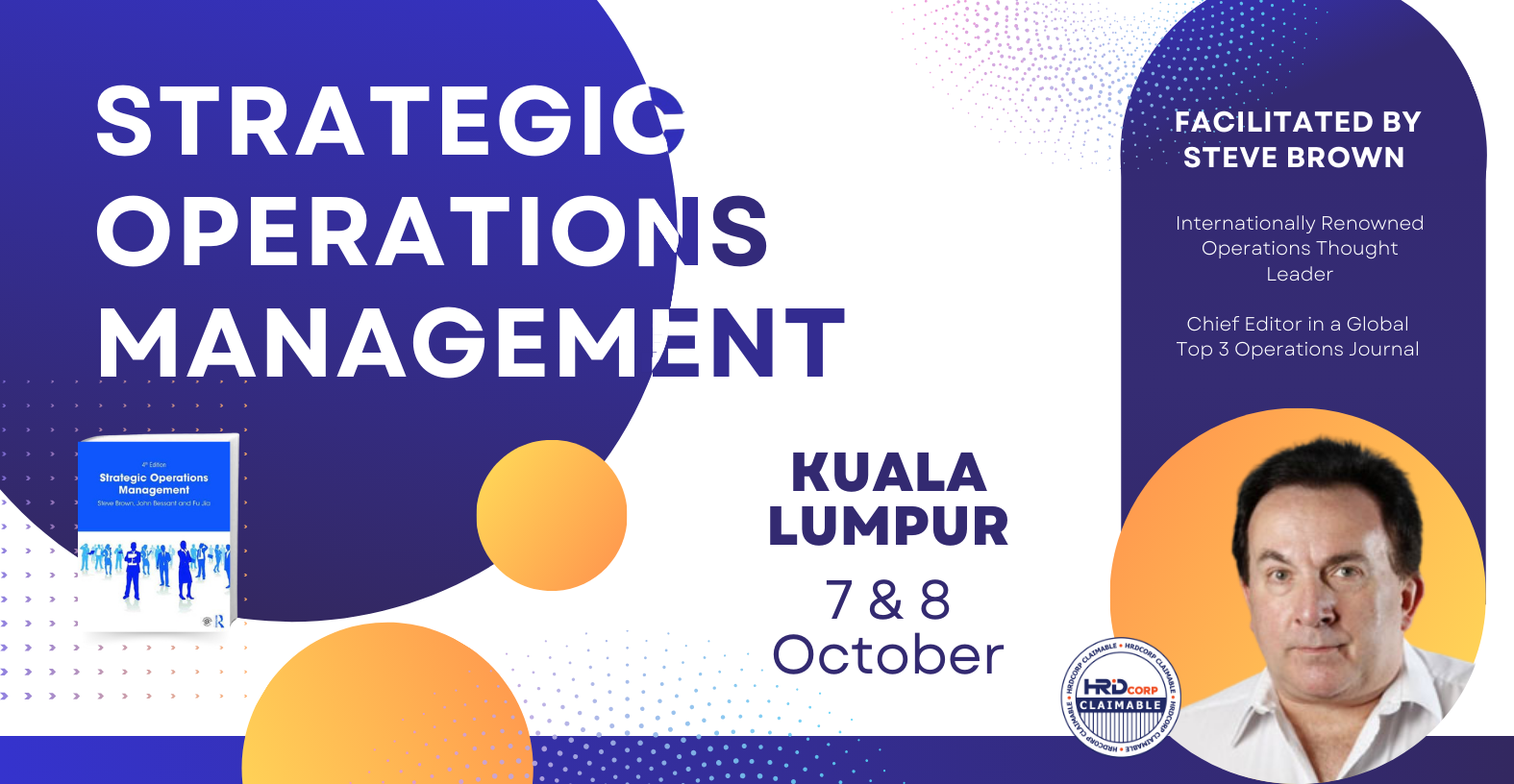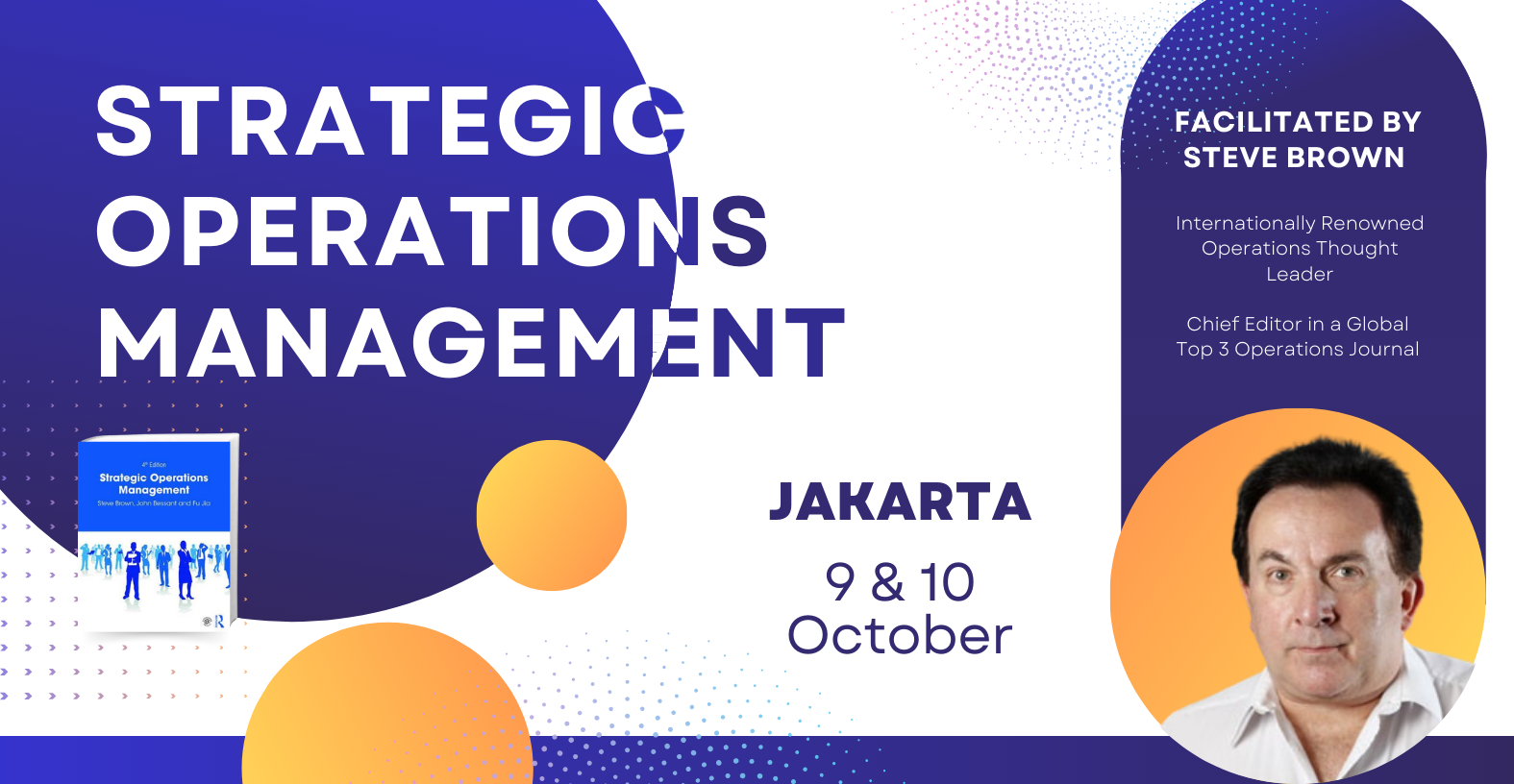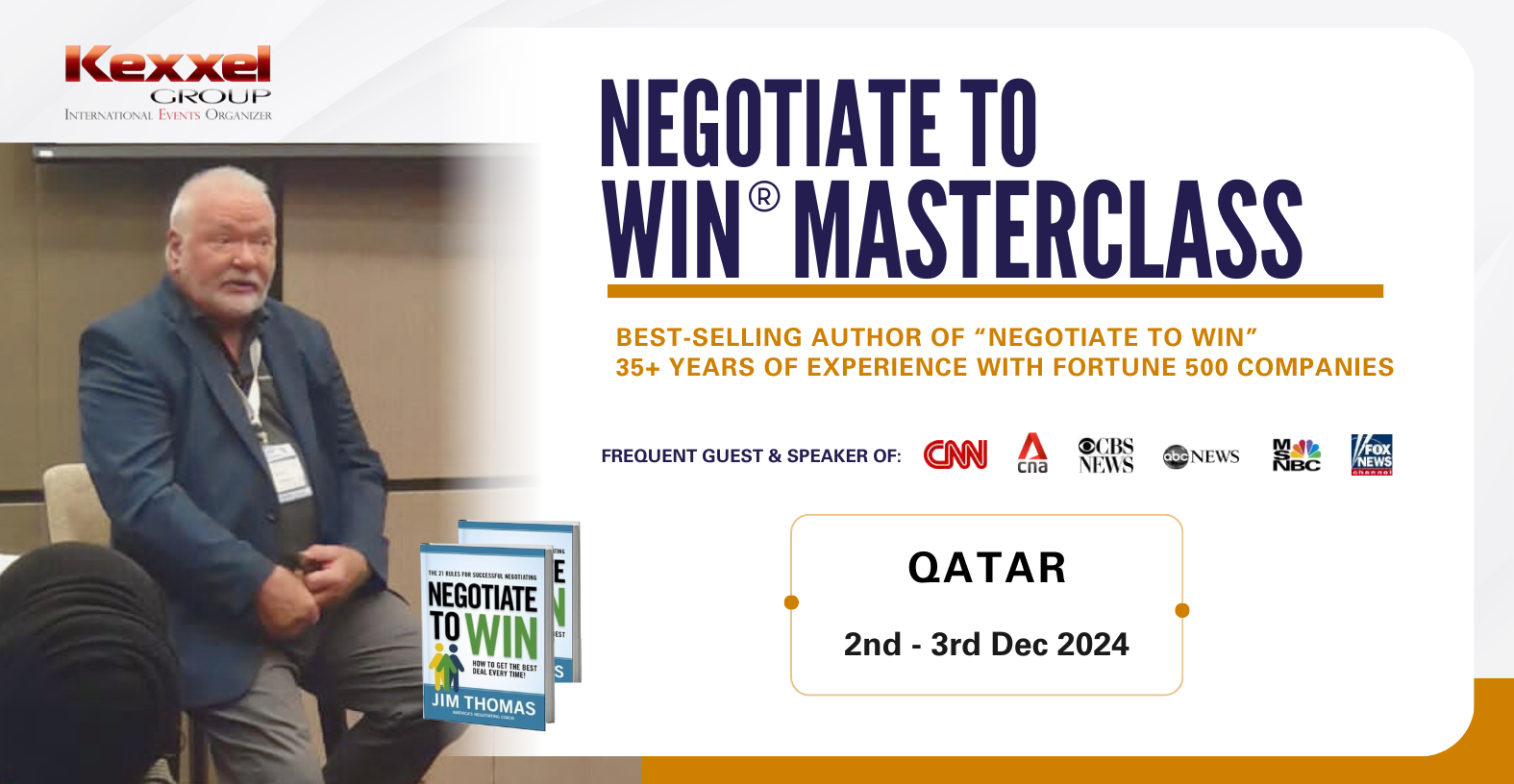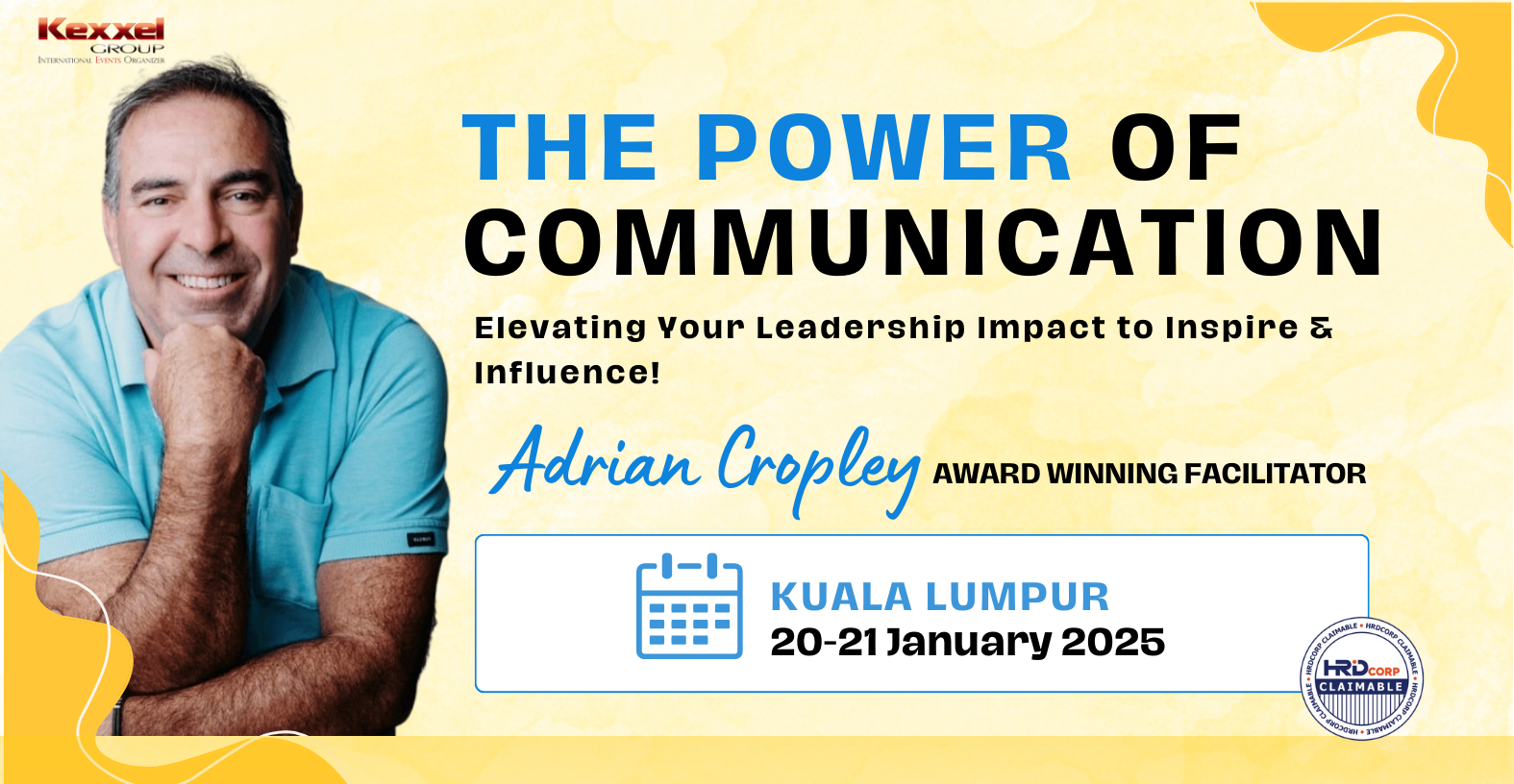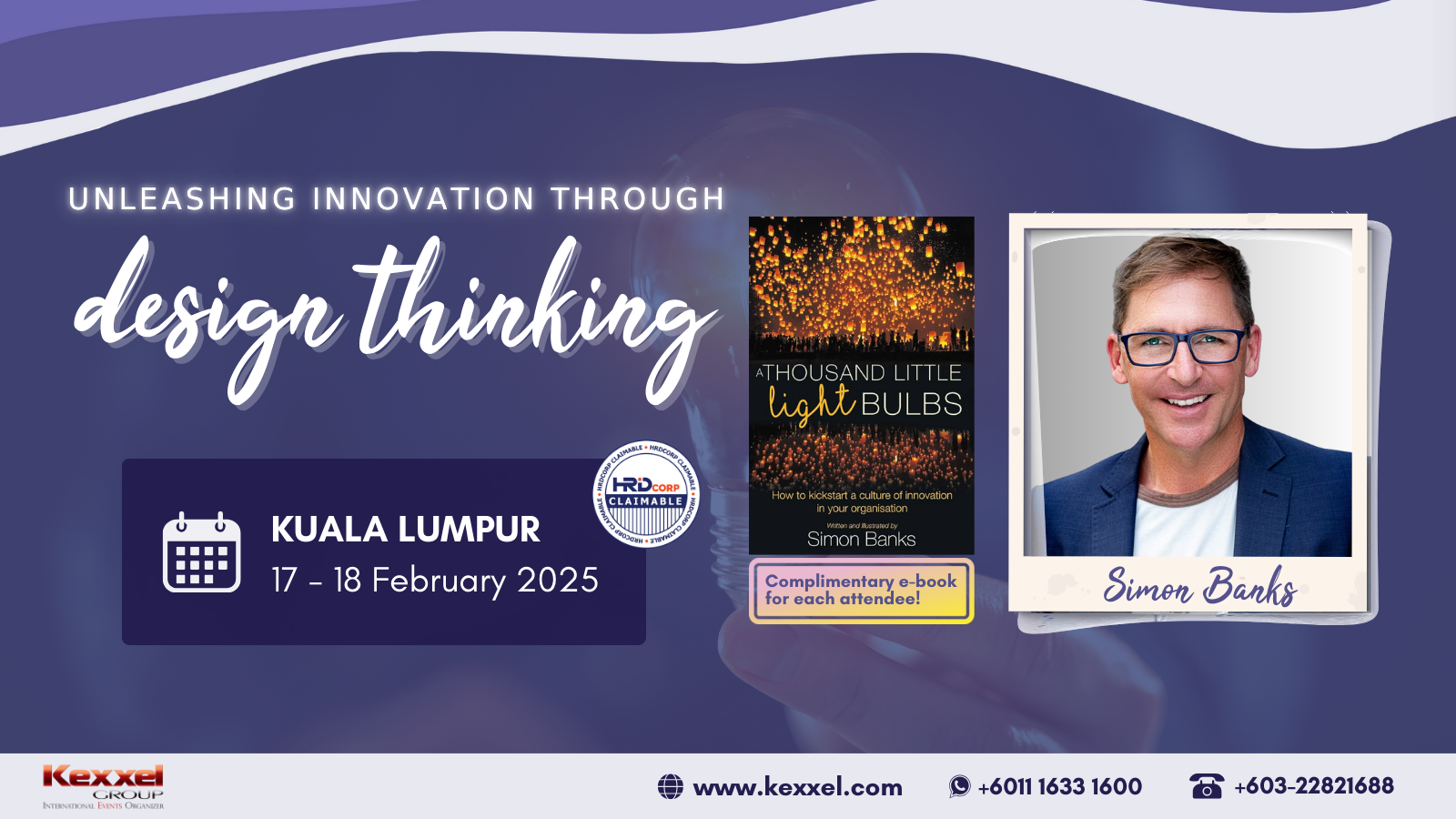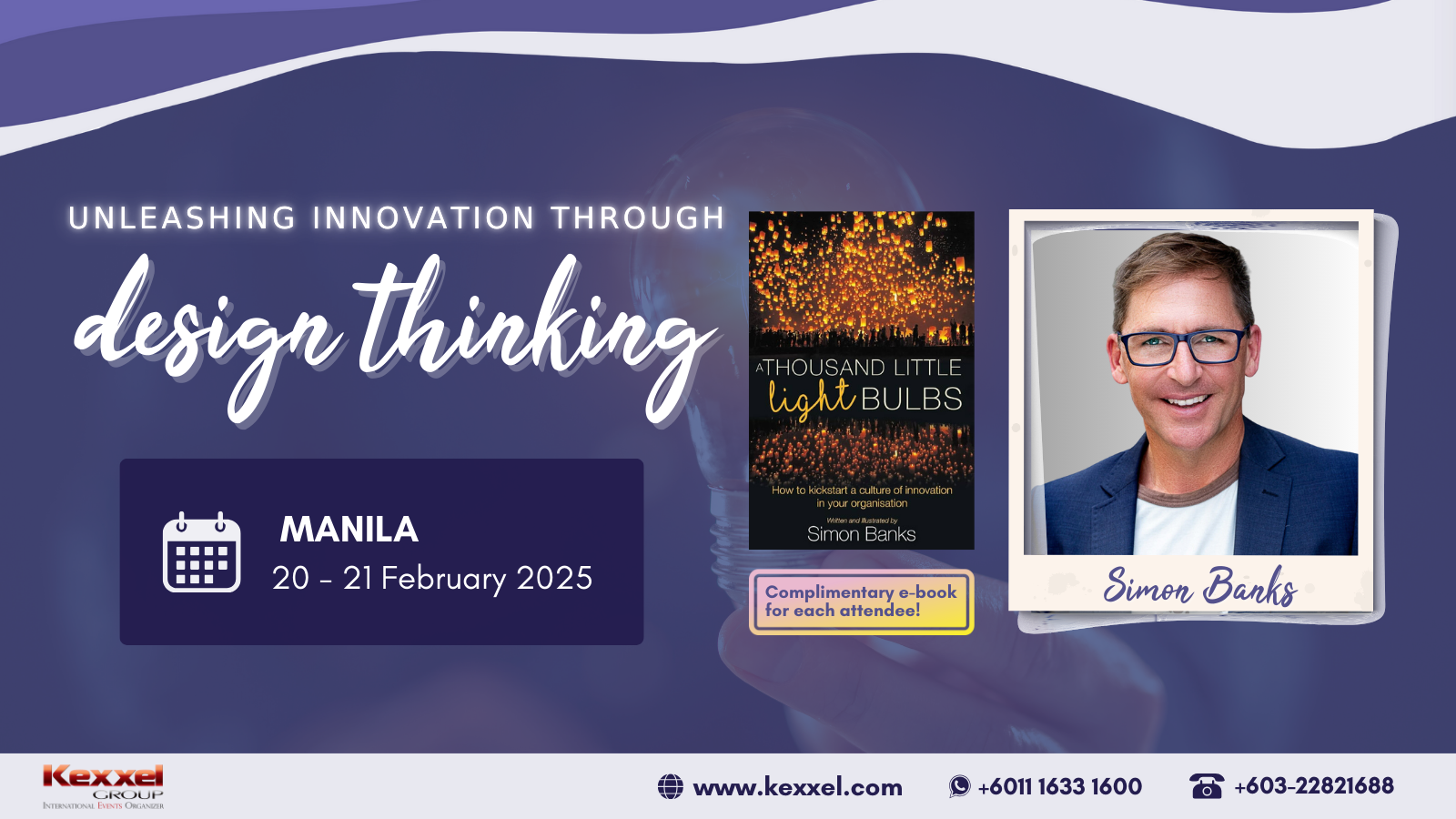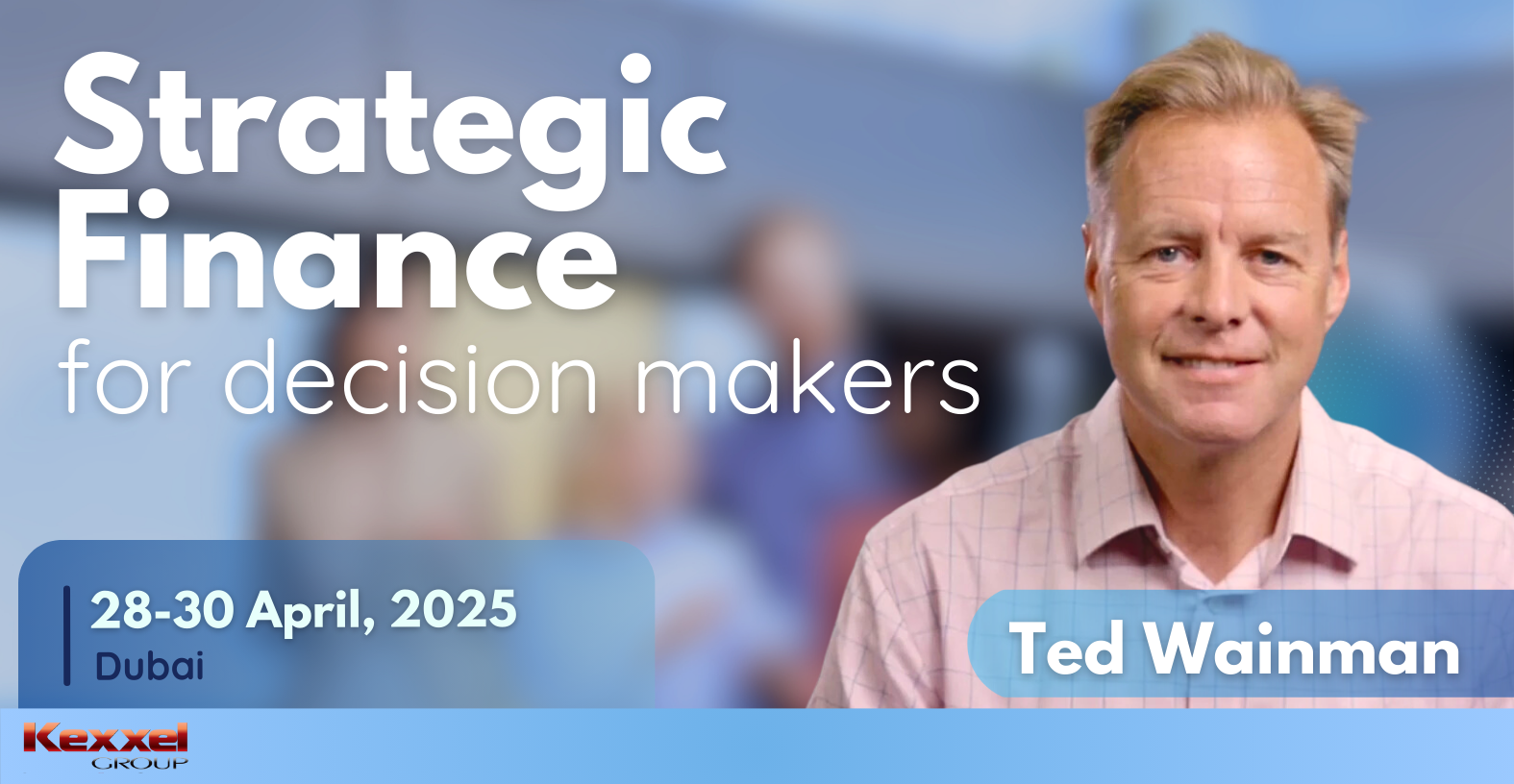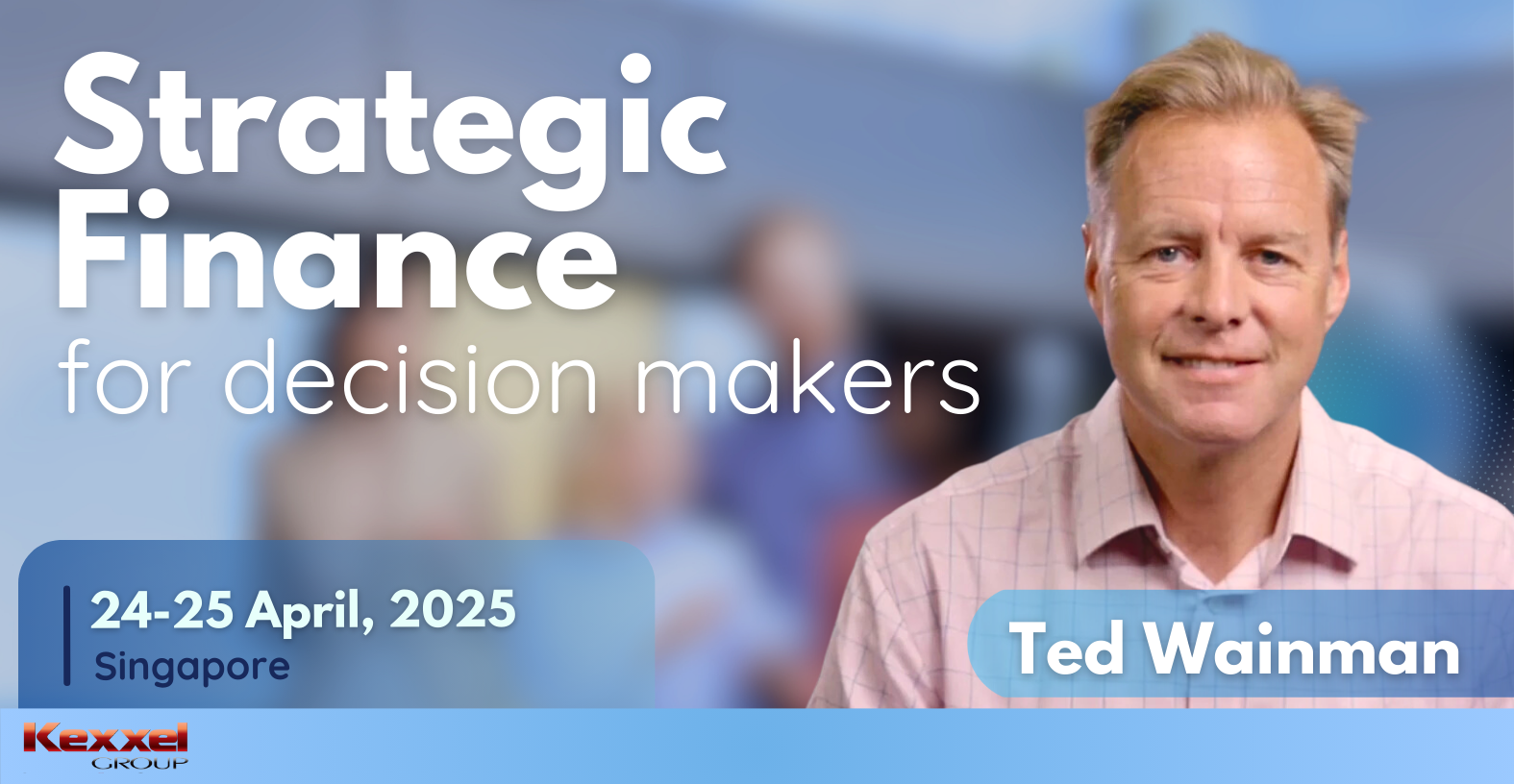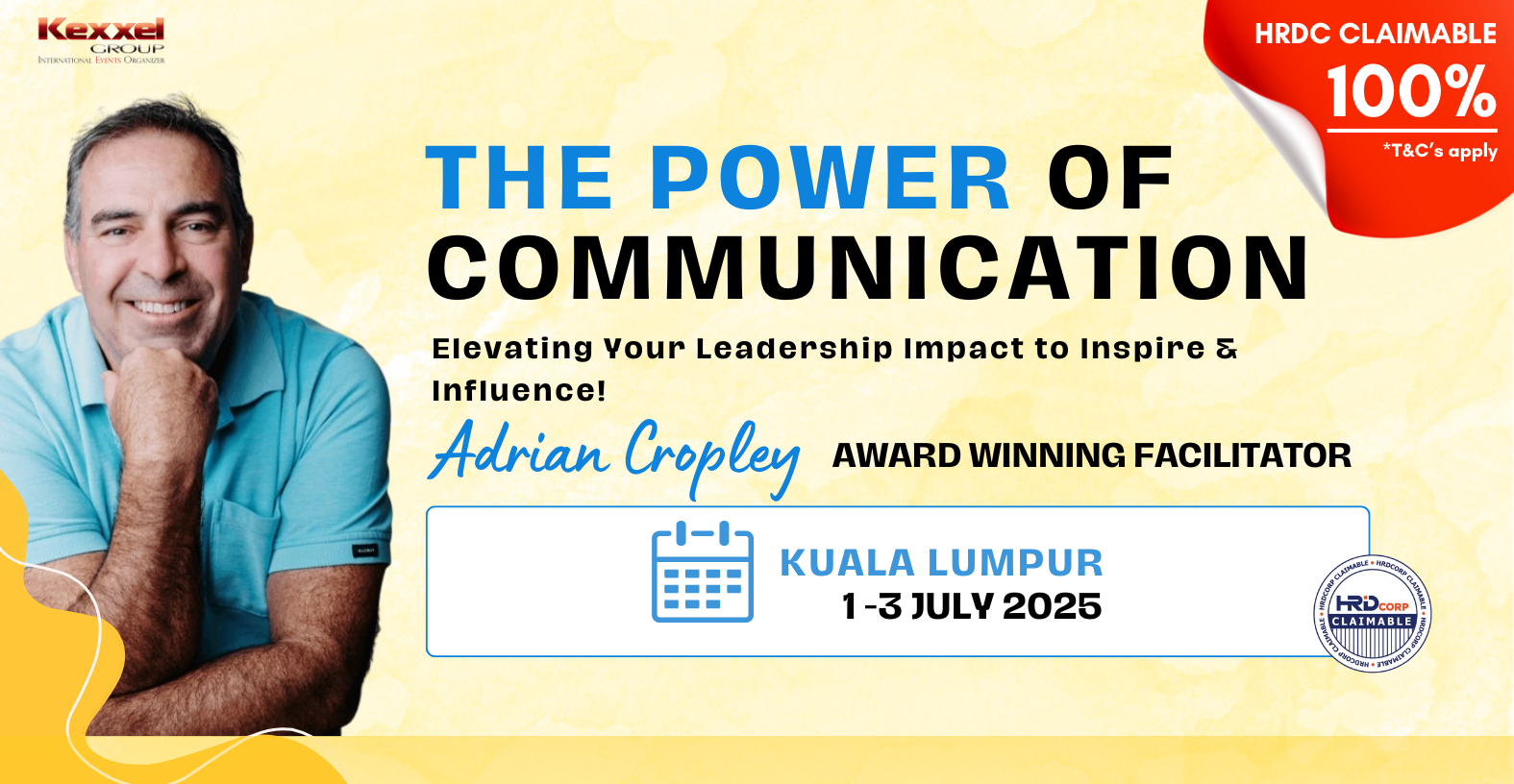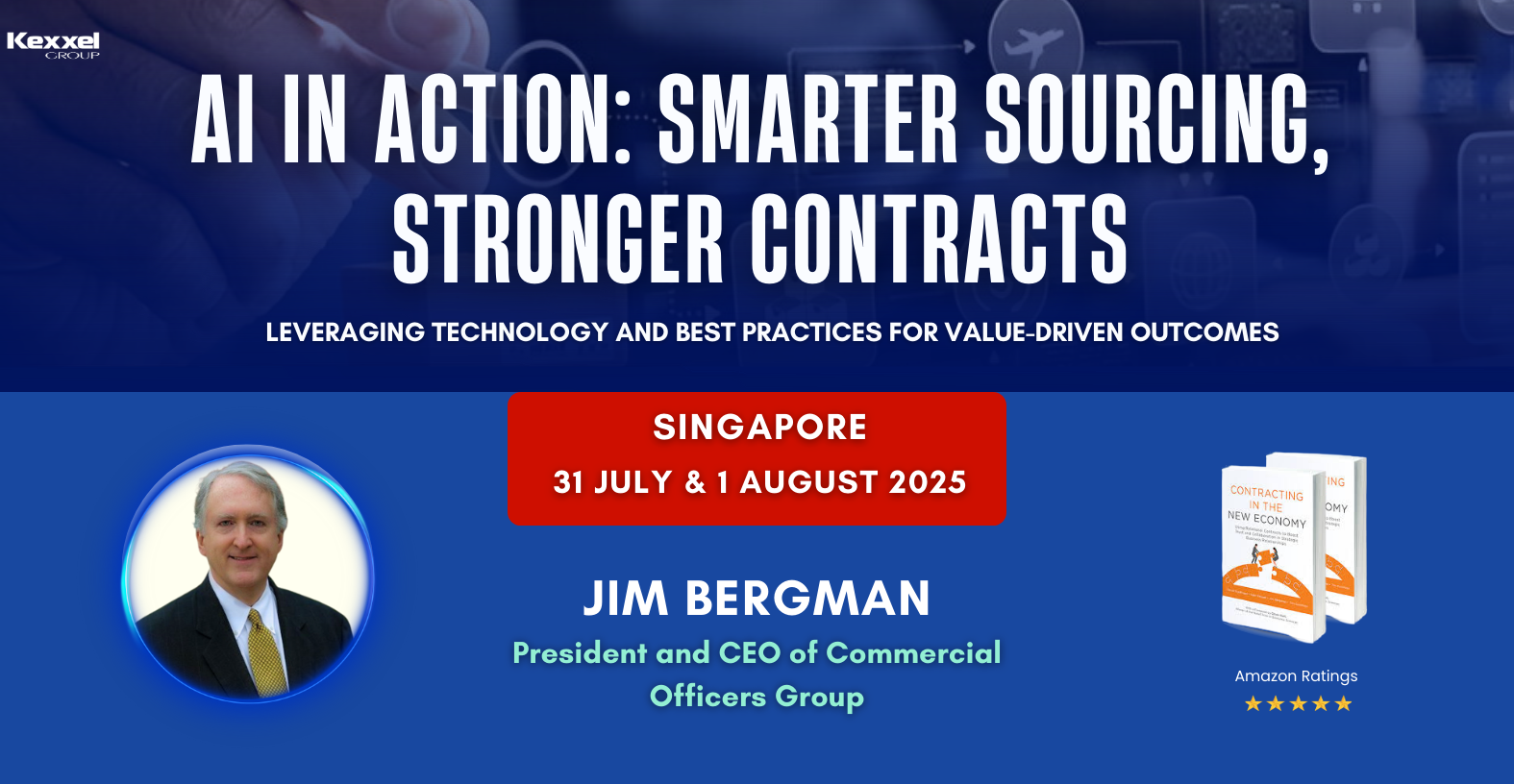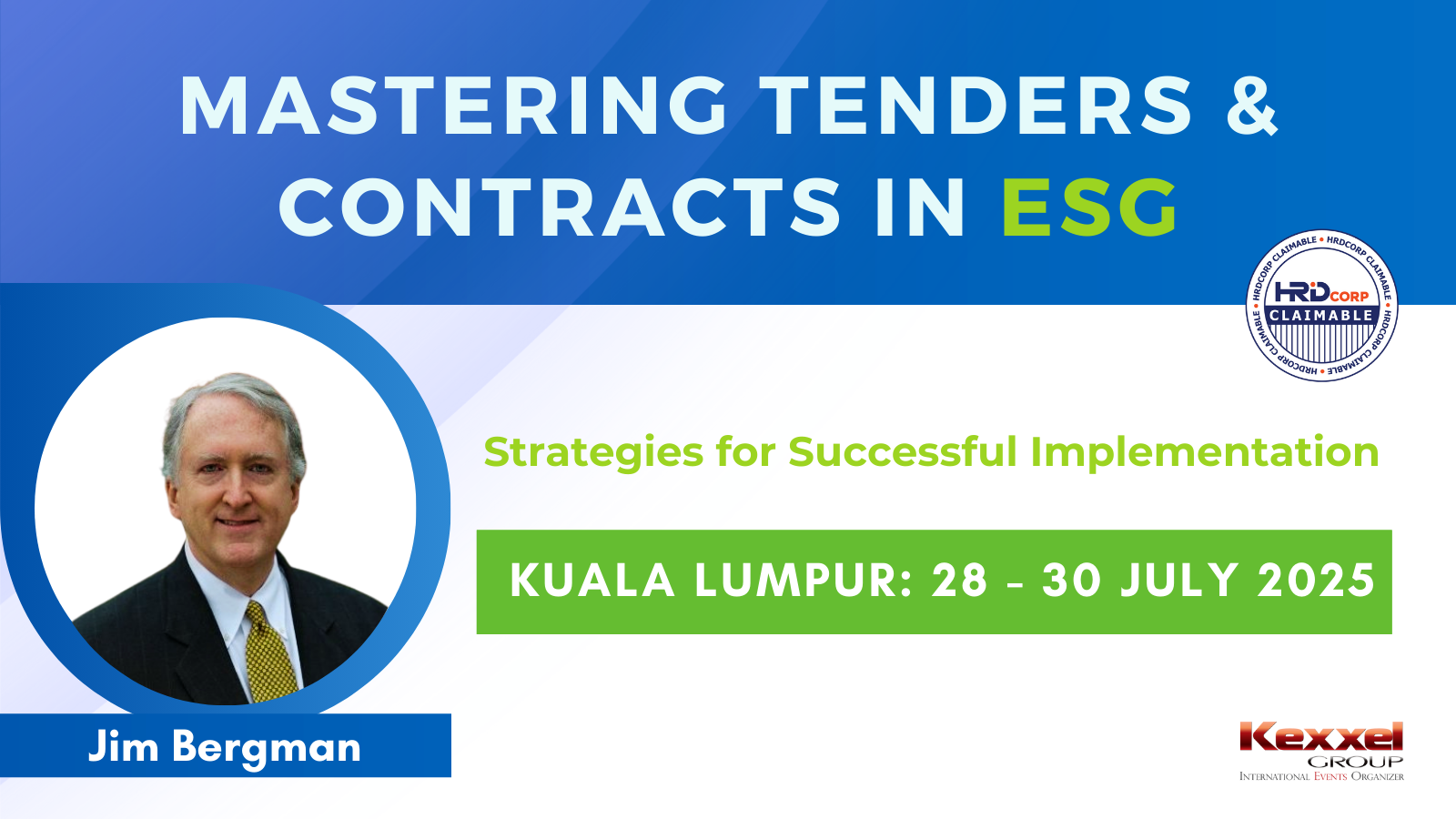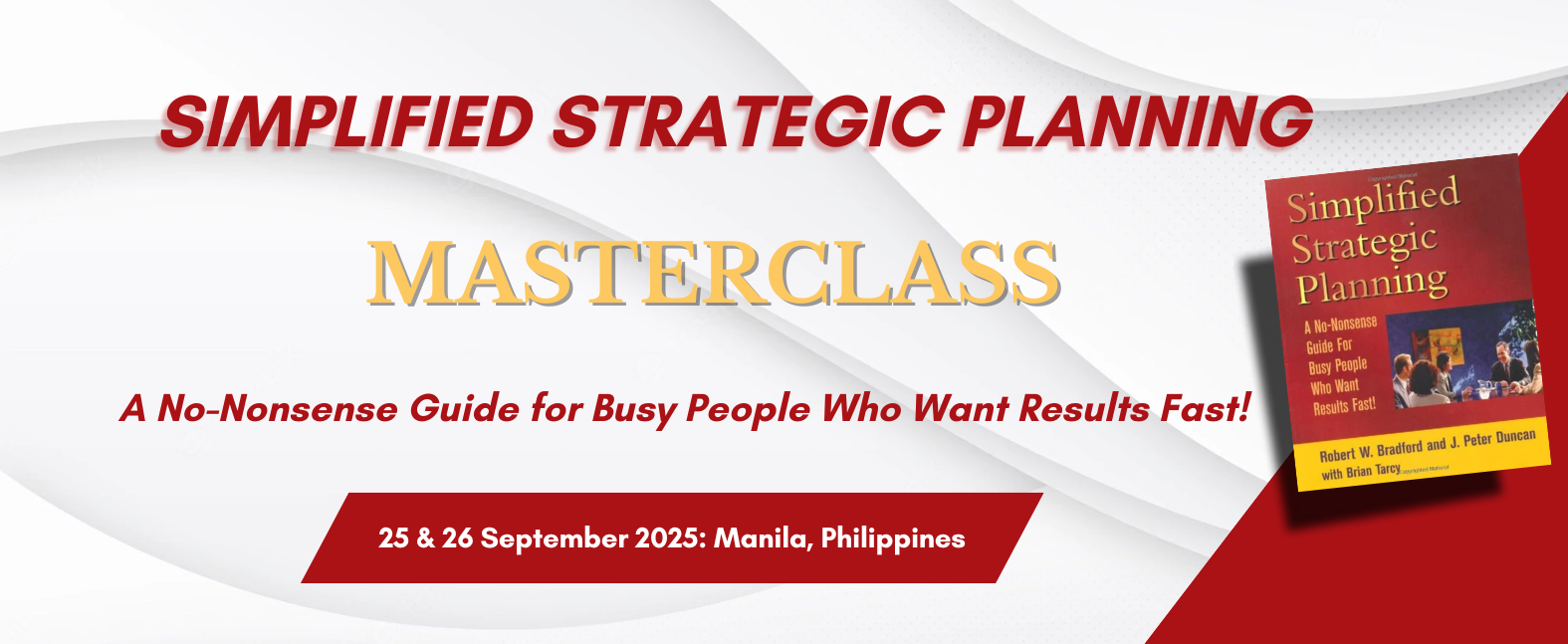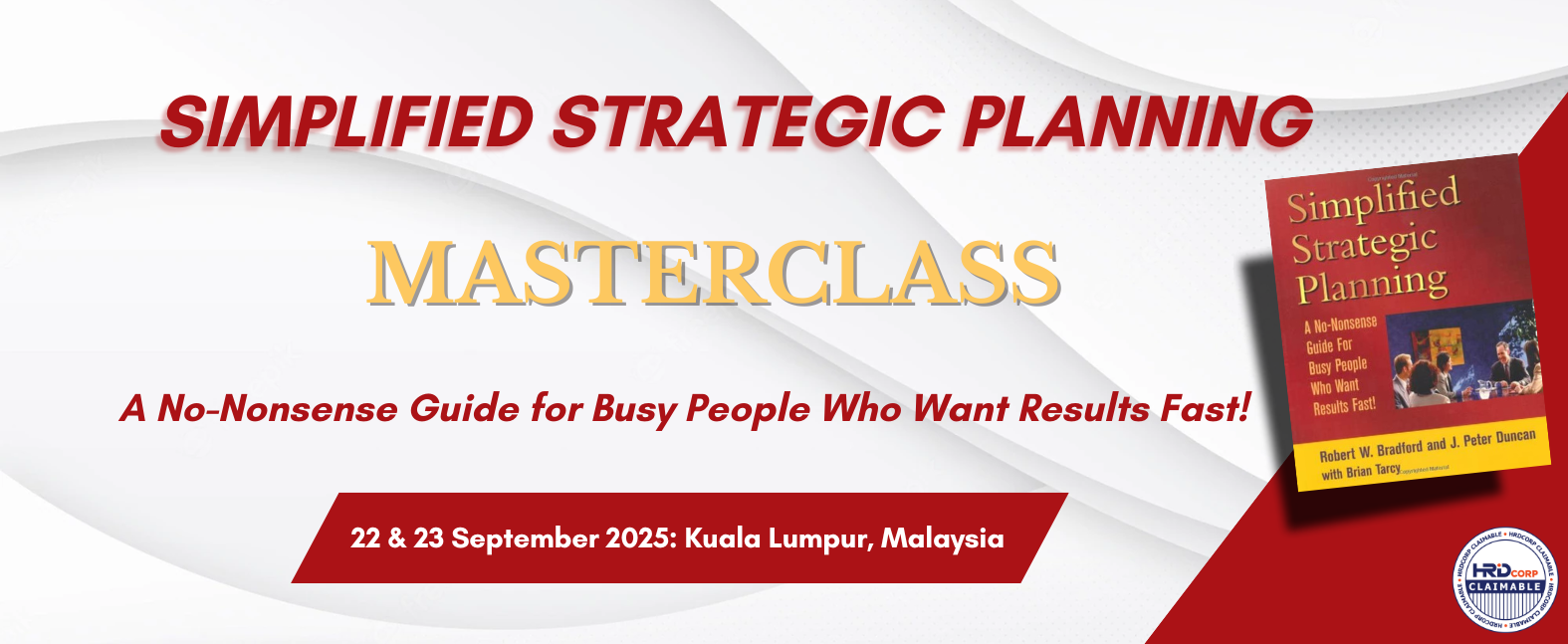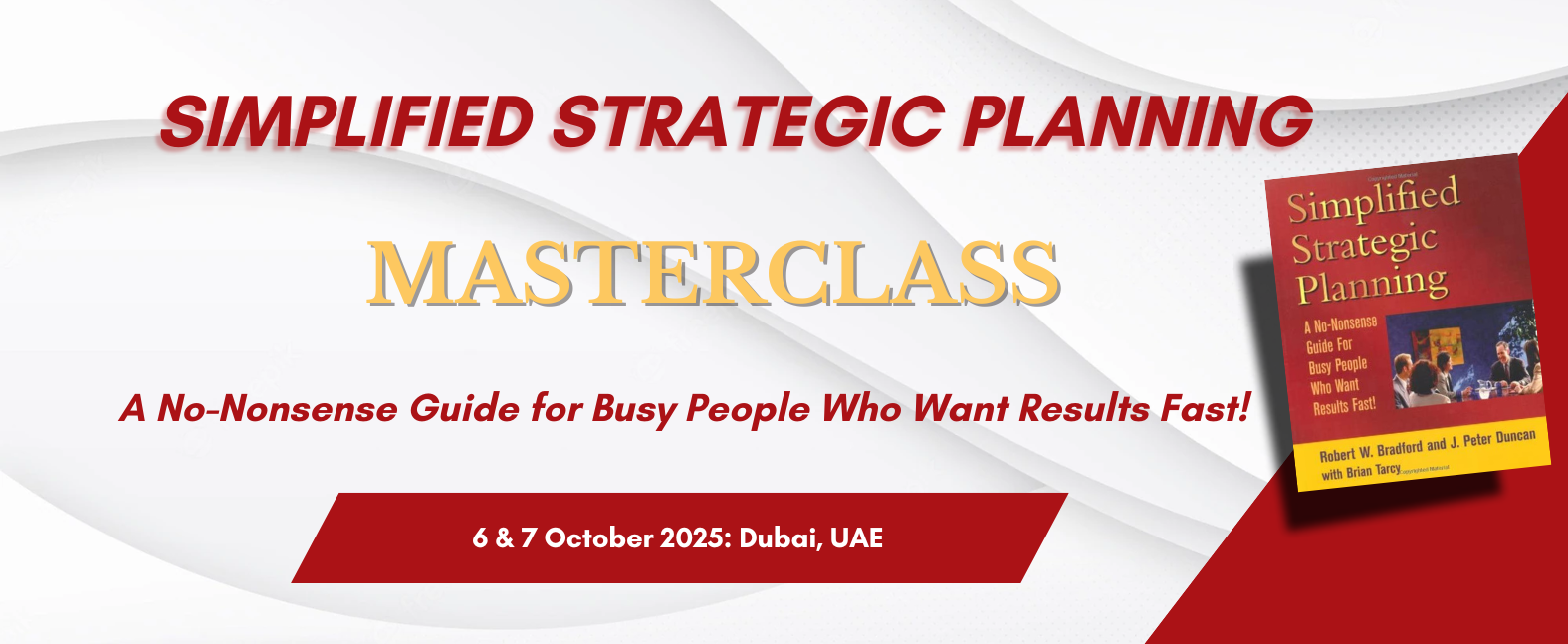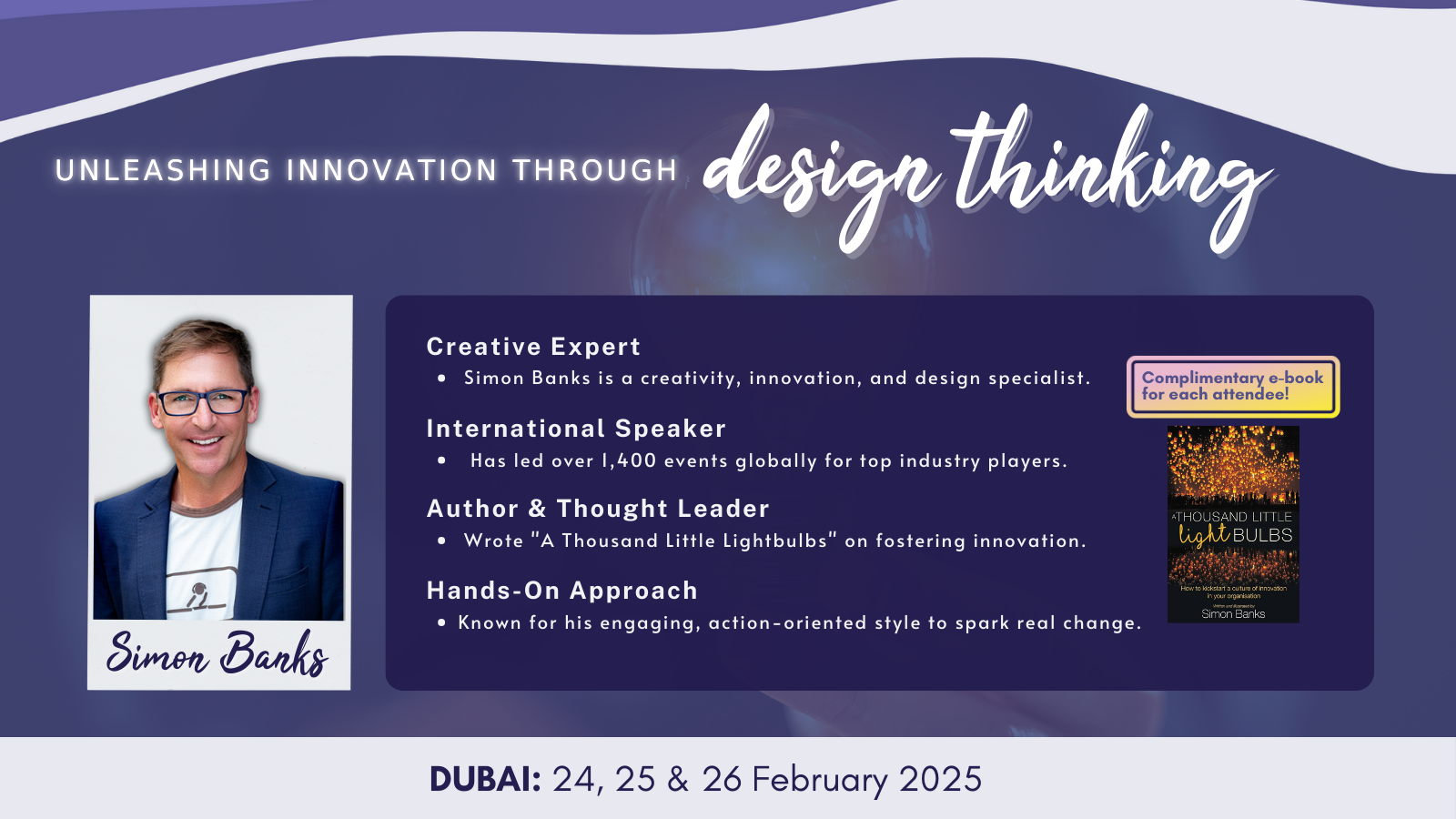
24-26 February 2025
Dubai
TBA
Overview
Design Thinking is a human-centered approach to innovation and problem-solving that empowers teams to create solutions that truly meet users' needs. It is scheduled to happen on the 24 of February till the 26 of February 2025 in Dubai.
This 3-day intensive course is designed to help team leaders and professionals who are seeking to drive positive change and solving complex challenges. Ultimately, the programme offers a holistic learning journey that empowers individuals to become forward-thinking problem solvers, adept at driving innovation and fostering meaningful, user-centered solutions.
Both days are full of hands-on practical activities that build design thinking and innovation mindsets and behaviors. Design Thinking should really be called Design Doing and as such, the learning approach of 70/20/10 will support the doing of innovation.
- 70% of learning comes from hands on work (the doing of Design Thinking)
- 20% of learning comes through collaboration and from peers in the room.
- 10% comes from the front of the room (my good self).
Rave Reviews:
“An expert in his field, he has opened up my view or way of looking at things especially from the Marketing and Product Development point.”
Mokhzani Muhamad, Assistant Vice President, MIDF Berhad.
“Fantastic module and programme. Kexxel group had great coordination and planning. The venue was great.”
Abdul Nazim Bin Awang Abdul Rahman, Manager, Brand Campaign & Sponsorship, Sarawak Energy Berhad
“The training feels good. The thought process and empathy is a useful part of the event.”
Jeush Anak Jodon, Executive New Ventures, MISC Berhad
“A good eye opener for me to test the best approach in Design Thinking and ensure the team is ready to embrace innovation. Great training arrangements from Kexxel Group. The main strength of the event was the Design Thinking tools and variety of approach”
Nadia Belinna Binti Mat Arshad, Manager, TM Technology Services
“Training went very well – trainer is awesome. The main strengths of the event were the activities & the way Simon delivered the training.”
Tajul Muluk Bin Shaari, State Director, Giatmara
“Excellent speaker and trainer. Sufficient topics, relevant soft skills for our daily usage and professional work. Excellent coordination & venue selection at the Ritz Carlton Hotel by Kexxel Group”
Chai Woon Geok, Senior Vice President, AmBank (M) Berhad
What you will learn:
- Develop a creative problem-solving innovation framework that can be applied across the organisation.
- Build the mindset, behaviors and confidence to be more creative and innovative in problem solving and designing solutions that delight and create value.
- Develop multiple frameworks for ideation and divergent thinking to develop novel solutions to complex problems.
- The art of problem definition, and how to reframe problems to make them human-centered.
- Understand how to create rapid prototypes and early-stage concepts to test with users and find out what they really value.
- Understand the importance of empathizing with customers and the value of engaging with real people when innovating, rather than rushing straight to a solution.
- Develop a deep curiosity to enable everyone to look for efficiencies and areas for transformation and innovation, big or small.
- Take a creative energy and confidence back to the organisation to drive change (and just quietly, enjoy yourself in the process).
Who should attend:
Design Thinking's principles can be adapted to suit the needs of Directors, Senior Managers, Head of Departments, Team Leads & Executives from:
- Innovation
- Product Development
- Marketing
- Sales
- Engineering
- IT
- Project Management
- Operations
COURSE FACILITATOR

Simon Banks
International Keynote Speaker, Author & Podcaster
About
Simon Banks a creativity, innovation, and design specialist, international keynote speaker, author, podcaster and a recovering professional artist. Simon has exhibited his art across the globe, lectured at the National Gallery of England, developed and delivered programs for institutions such as The Museum of Contemporary Art in Sydney, Vivid Festival (Sydney) and the Sydney Fringe Festival. He has written for Corporate Wellness Magazine, Kizzi Magazine, and MiX Asia. He has been featured in both newspapers and radio in Australia.
Achievements
- Creativity, innovation, and design specialist; international keynote speaker and author.
- Delivered over 1400+ events globally for leading companies like Google, EY, BAE Systems, Synechron, and Volkswagen.
- Known for an active, hands-on approach in events, emphasizing learning by doing.
- Author of A Thousand Little Lightbulbs: How to Kickstart a Culture of Innovation in Your Organization (2017).
- Over 20 years in the corporate sector, helping businesses foster creativity, innovation, and collaboration.
- Experienced lecturer with appearances at institutions such as the National Gallery of England and the Museum of Contemporary Art in Sydney.
- Creator and host of The Occupational Philosophers, a podcast focused on creativity and innovation.
- Contributed to publications like Corporate Wellness Magazine, Kizzi Magazine, and MiX Asia.
Has Worked With


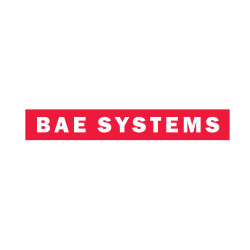


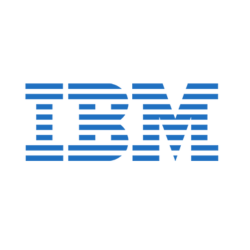


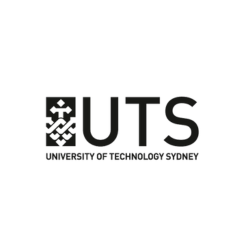
Trainer Videos
Book(s) Published
Author of “A Thousand Little Lightbulbs: How to kickstart a culture of Innovation in your Organisation”- Michael Hanrahan Publishing, 2017
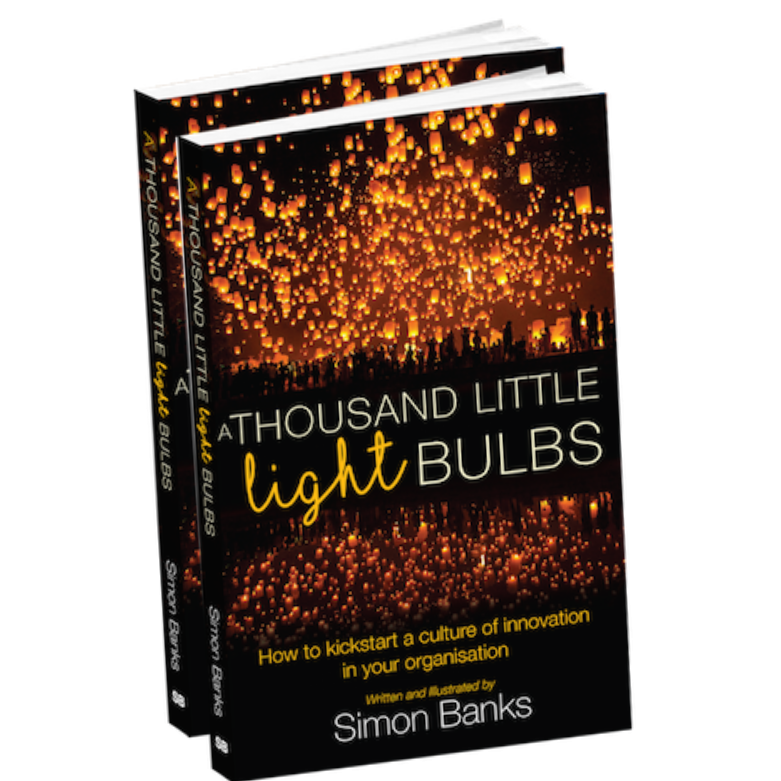
Agenda
Design Thinking
Day 1
Session 1
Session 1
Introduction to Design Thinking
Understanding what innovation is, how to be human-centered when innovating, and how design thinking can help us achieve that.
- Why Innovation and Human-Centered Design is more important than ever.
- Introduction to a design-led way of thinking:
- All problems are solvable, and the people who have the problems are the ones who have the answers.
- You can’t come up with new ideas if you just exist in your own life or walk in your own shoes.
- It’s about iterating, testing, tinkering, risk, experimenting, failing, and embracing ambiguity throughout the process.
- Innovation handbrakes and how to avoid them.
- The language of Innovation
- How do we drive ideas forward?
- What do we need to cut out?
- Developing creative confidence.
- Understanding real-world problems by solving them.
Activity: Team Exercises Working in Pairs
Session 2
Empathy: Getting a PhD in Your Customers' Problems
Empathy fuels innovation by unveiling genuine user needs, steering designs toward impactful solutions that resonate deeply with people and solve the right problem.
- How to spend time in other people’s shoes to understand their point of view.
- Understanding extreme users’ scenarios.
- Empathy Case Studies: Creating empathy maps for customers and users to get different perspectives.
- The importance of observation and being highly curious.
- Reviewing the work.
Activity: Creating Empathy Maps
Activity: Creating User Journey Maps
Session 3
Don’t Be an Answer Looking for a Problem (Part 1)
Defining the problem sets the direction and scope for creative solutions, ensuring efforts are focused on addressing the root cause rather than just symptoms or the ‘perceived problem.’
- Based on the "empathy work," are we solving the right problem?
Activity: Using Systems Thinking to Map Ecosystems & System Interdependencies
- How can we map out how different elements of the system interact and see hidden relationships that may impact our challenge?
Activity: Problem Tree Analysis Framework
Activity: Ignorance Mapping
- What are the unknowns about our challenge?
Session 4
Don’t Be an Answer Looking for a Problem (Part 2)
- Create design challenge statements and run them through a continuous checklist of:
- Clear and concise with ultimate impact?
- Can allow multiple solutions?
- Does it have the right context?
Activity: Problem Solving Framework
- Use the 'five whys?'
Activity: How to Frame Questions “How might we...so that we can...?”
Activity: Wrapping up the Day
- What were we curious about?
- What surprised us?
Day 2
Day two continues working through the design thinking framework. Participants will continue to explore ideation techniques, frameworks for choosing ideas, how to prototype and test ideas and develop an innovation action plan to take back to their organisation and to continue to use the skills they have developed.
Session 5
Ideation: Taking Thinking As Wide As Possible (Part 1)
Ideation and non-linear thinking are at the heart of innovation and design thinking as it sparks a diverse range of creative concepts, driving the exploration of novel solutions and paving the way for transformative breakthroughs.
- Rules of engagement for divergent thinking.
- Explore a variety of different ‘stretch your thinking approaches’ or creative levers you can pull to shift your thinking through various team activities.
- Ideation case studies will be presented throughout.
Activity: 99 Ideas
- Our brain loves the path of least resistance, so it goes to the easy places first. The first 30 ideas come from that comfortable place, so the thinking is pretty normal.
- The freshest thinking comes from ideas 70–100. Great thinking happens at the edge of our stretch zones, not in the middle.
Activity: Disruptive Revolution and Blindly Assumed Truths
- What are all the rules/constraints that we assume with this problem or idea?
- Break all the rules, constraints, and assumptions and see where it takes you.
Activity: Different Perspectives
- Re-express your issue using different words, from a child’s perspective, from the future, from your competitor’s, and see where it takes you.
Session 6
Ideation: Taking Thinking as Wide as Possible (Part 2)
The session will continue to take thinking wide with ideation, then narrow down the ideas using a decision matrix.
Activity: Creative Poaching
- What other industries are dealing with the same issue?
- What can we take from them?
Activity: Constraints Thinking
- Use constraints to provide innovative ways of looking at a problem.
Activity: SCAMPER Method
- SCAMPER (Substitute, Combine, Adapt, Modify, Put to another use, Eliminate, Reverse).
- A tool for thinking creatively about how to modify existing products or processes.
Activity: The Decision-Making Framework
- What’s the most feasible/viable/desirable idea to pursue and prototype?
- A desirable solution, one that your customer really needs.
- A feasible solution, building on the strengths of your current operational capabilities.
- A viable solution, with a sustainable business model.
- A socially responsible solution.
Session 7
Rapid Prototyping & Testing
Rapid Prototyping and Testing: Ideas Do Not Live in a PowerPoint!
- Introduction to prototyping: A prototype is worth a thousand meetings. It creates something meaningful and tangible that engages all the senses.
- Case studies of companies using rapid prototyping.
- Introduction to fail fast and rapid experimentation.
- Examples of prototypes and Minimum Viable Products.
- How to create a prototype.
Activity: Introduction to Visual Storytelling
- How to sketch out and communicate your ideas (individual hands-on activity).
Activity: Teams will create Rapid Prototypes to test.
Session 8
Rapid Testing with Users
It’s very easy to think you have a great idea then try to convince people how good it is without actually listening to feedback. Testing your idea and then rapidly iterating is where innovation and great customer solutions happen at speed and all of the design thinking process comes together and helps bridge the gap between assumptions and reality.
- Introduction to user testing.
- How to ask open-ended questions that drive conversations.
- Exploring different methods of finding out what’s really important to the user.
- Understanding the importance of a storyteller and observer when testing ideas.
- Teams will also understand:
- How to interview and test with users.
- How to avoid paralysis by analysis.
- The importance of testing early and often with stakeholders.
- How to embrace a more agile/rapid experiment way of working.
Activity: Teams will go through 3–4 rounds of Rapid Testing.
Day 3
Ideas are cheap – execution is everything! Day three focuses on taking ideas from a prototyped idea to implementation. At the heart of this is the ability to communicate an idea and take others on the journey with you.
Session 9
Storytelling and the Art of Pitching an Idea
Your ability to influence is only as good as your ability to communicate: storytelling helps communicate ideas more effectively, while visual communication ensures clarity in prototyping. Together, these skills enhance the ability to present and how to grab people’s attention.
In a highly interactive way, you will:
- Understand how to grab your audience’s attention.
- Develop a simple structure for all presentations.
- Understand how to have gravitas, presence, and energy when presenting.
- Understand the importance of storytelling and where and how to use it.
- Never again kill your audience with death by PowerPoint!
Activity: Practice & Test Ideas
- Participants will do the activities in an iterative way: practicing and testing ideas with other people in the room, all with the idea of moving forward
Session 10
Using a Design Methodology to Make a Difference
- Using a Design Methodology to make a difference (on a personal level).
- What’s an area that, if fixed, could make the most impact for your organisation or career?
- Using a Design Thinking Methodology, how might you explore this idea?
Activity: Planning out a Path to a Solution
- Who are the people who are impacted by the challenge I am trying to solve? Who should I speak to?
- What ecosystems does my challenge sit in? Who/what else is impacted by this challenge?
- What’s the question I need to be asking?
- What are some ideas for solving this challenge?
Activity: Designing a Minimum Viable Experiment (MVE)
- Participants choose one of their prioritized ideas and break it down into its most essential hypothesis. They then design an MVE by answering:
- What is the key assumption I need to test?
- How can I test this with minimal resources?
- What are the success metrics?
Activity: Visual Strategy Maps
- Participants are introduced to visual strategy maps they can create to explore the potential for their ideas.
Session 11
Storytelling Pitch: The Art of Getting Buy In and Moving Towards Implementation
Teams will be shown examples of good and bad pitches, further building understanding of how to engage an audience and craft a message.
Activity: Craft a 2-minute Story and Pitch it!
- Based on the work done earlier in the day, you will craft a two-minute story to pitch your ideas, prototypes, and MVE’s, focusing on the problem, the solution, and the potential impact.
- Present this to a panel of peers acting as ‘investors/team members/executives’ who ask critical questions about its feasibility.
- The panel will give feedback that will enable the idea to be grown and provide an excellent platform to test the ability to explain ideas and take people on the journey with you.
This will enable:
- Critical Thinking and Feedback: Gain insights from peer feedback to refine ideas, address feasibility concerns, and identify potential weaknesses in solutions.
- Real-World Simulation Experience: Build confidence and skills in pitching ideas within a realistic, high-pressure environment that mirrors professional contexts.
- Team Collaboration and Support: Enhance collaborative skills by participating in the panel, offering constructive feedback, and engaging critically with peers’ ideas.
- Iterative Refinement: Understand how to use feedback as a tool to iterate and improve upon initial prototypes or Minimum Viable Experiments (MVEs).
Session 12
Bringing It All Together
This session explores the key learnings from the 3 days and provides time to develop an Innovation Action Plan.
Activity: Key Learnings & How Can You Use This Approach in Your Organization?
Individual Activity: Create a Personal Innovation Action Plan
- Refine the idea that you’ve pitched.
- Create a personal innovation action plan to take what you have learned forward.



